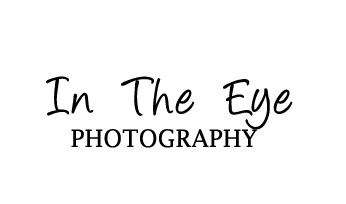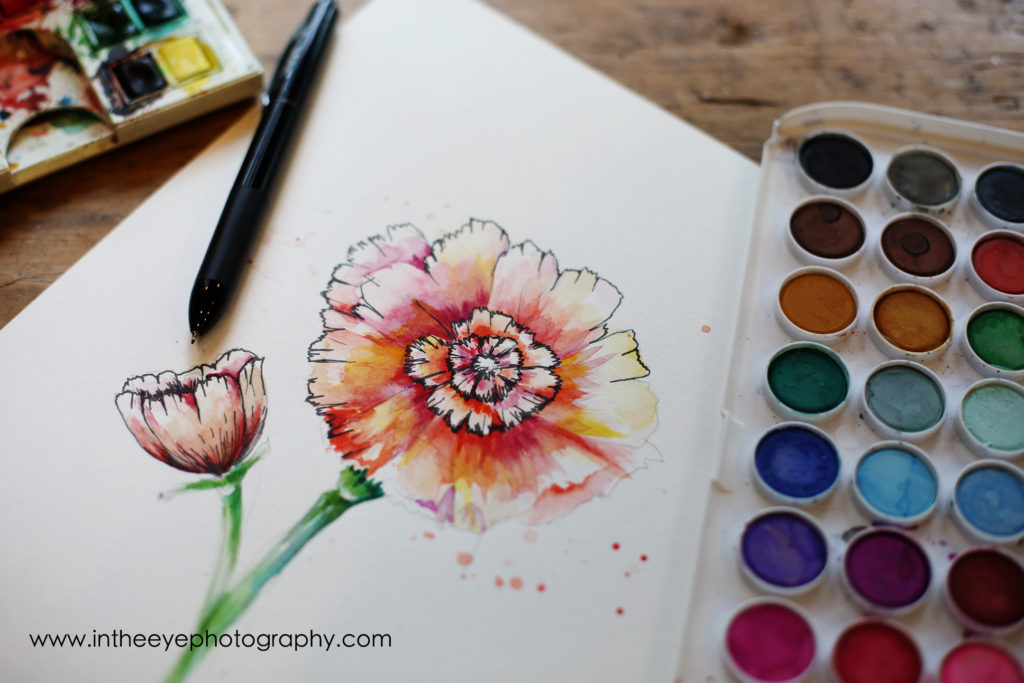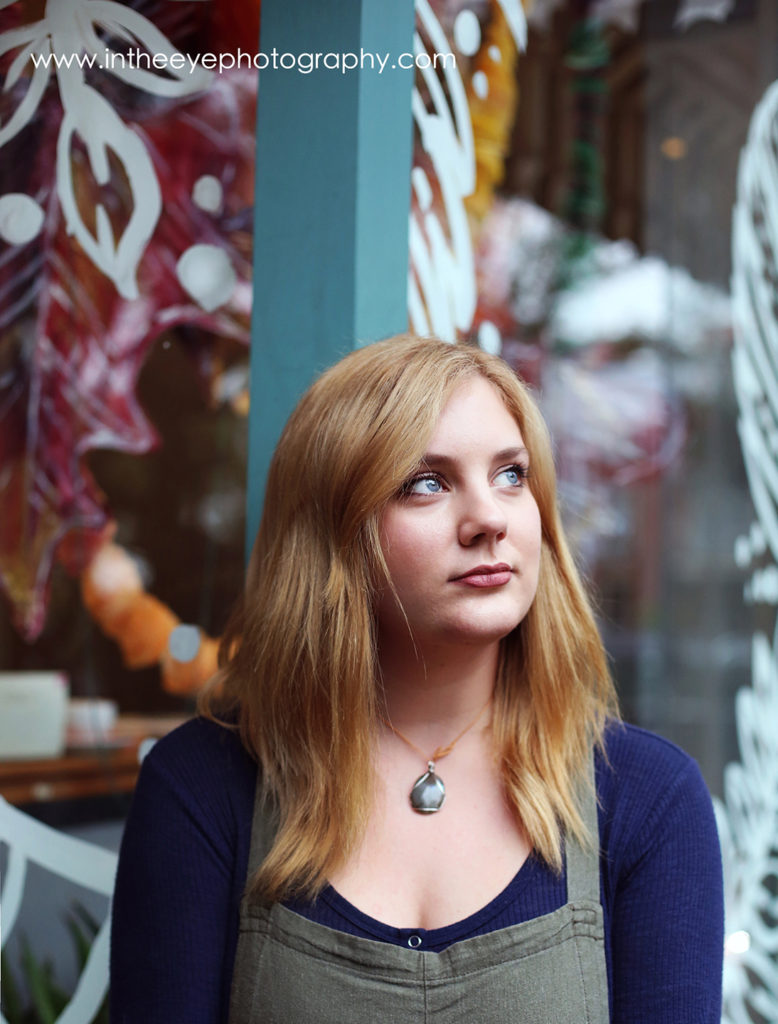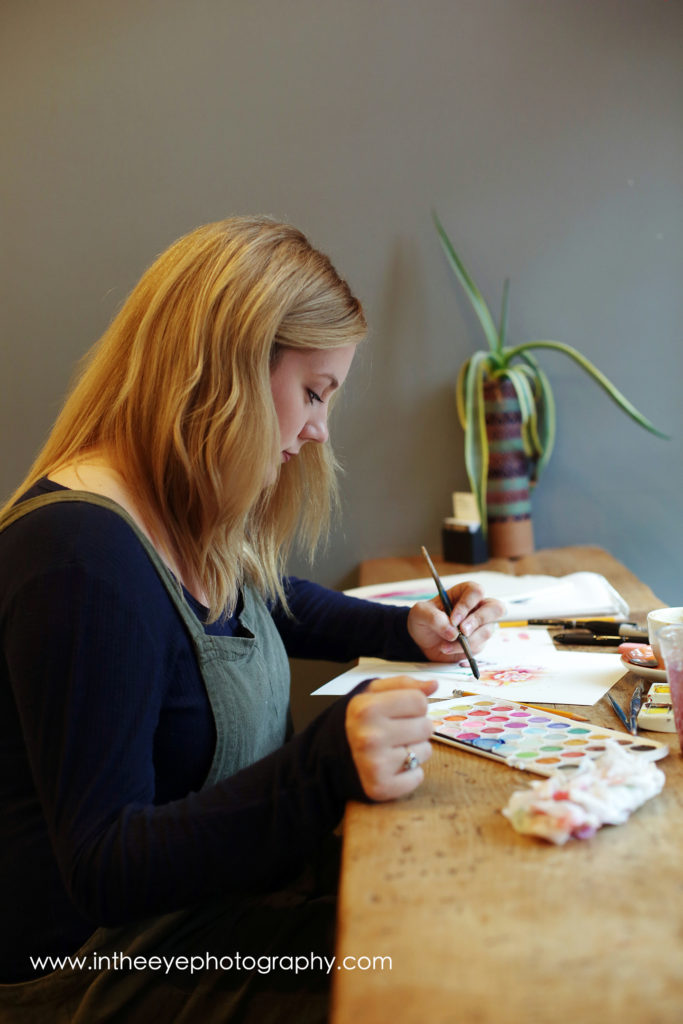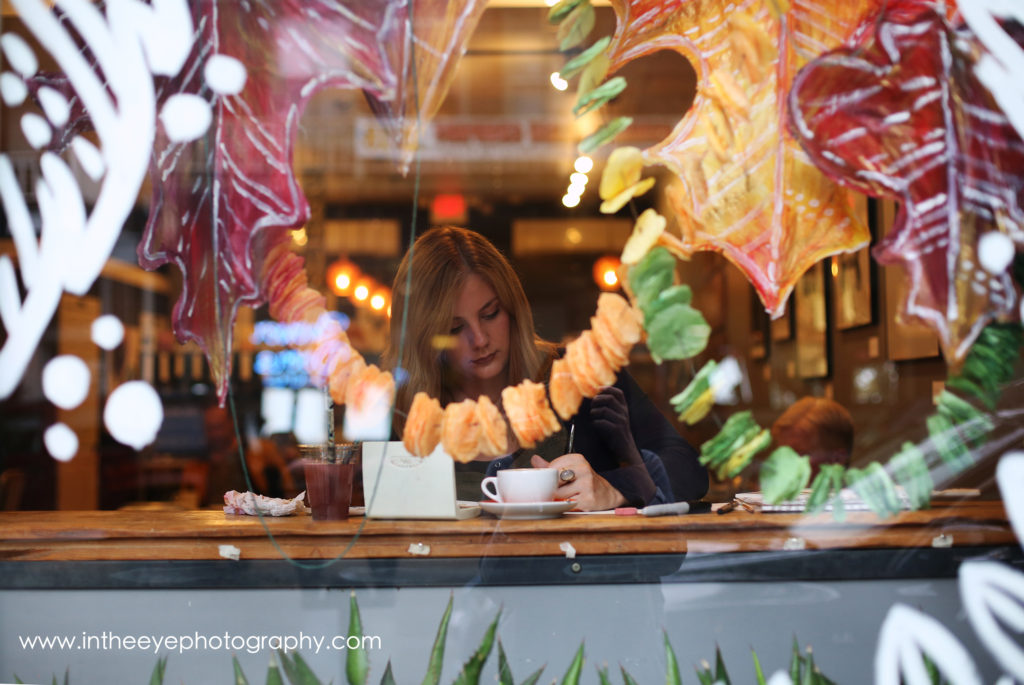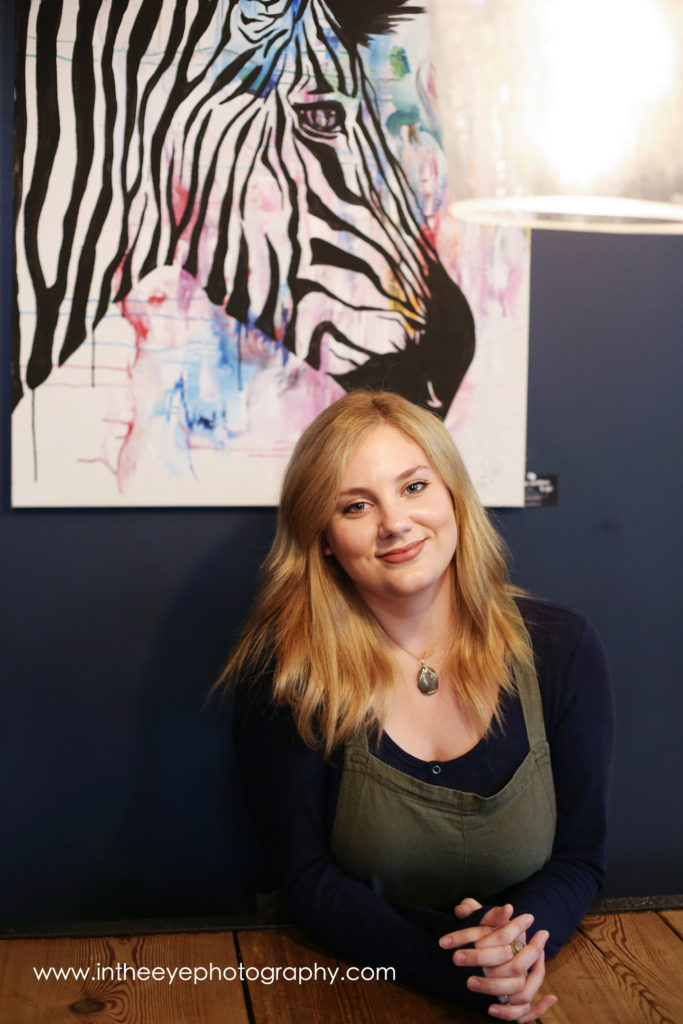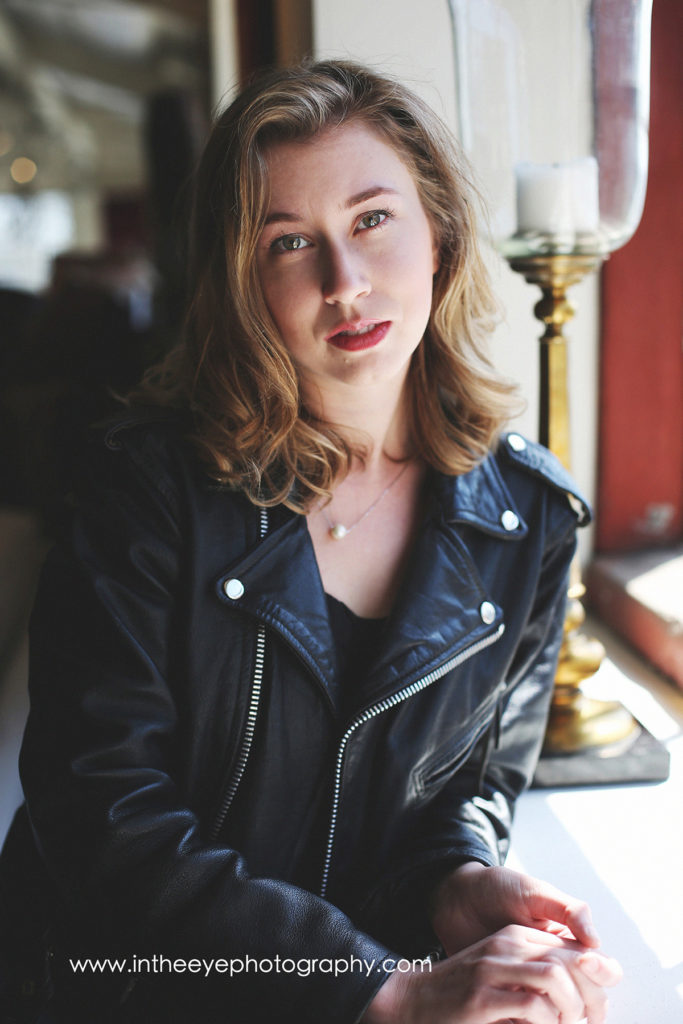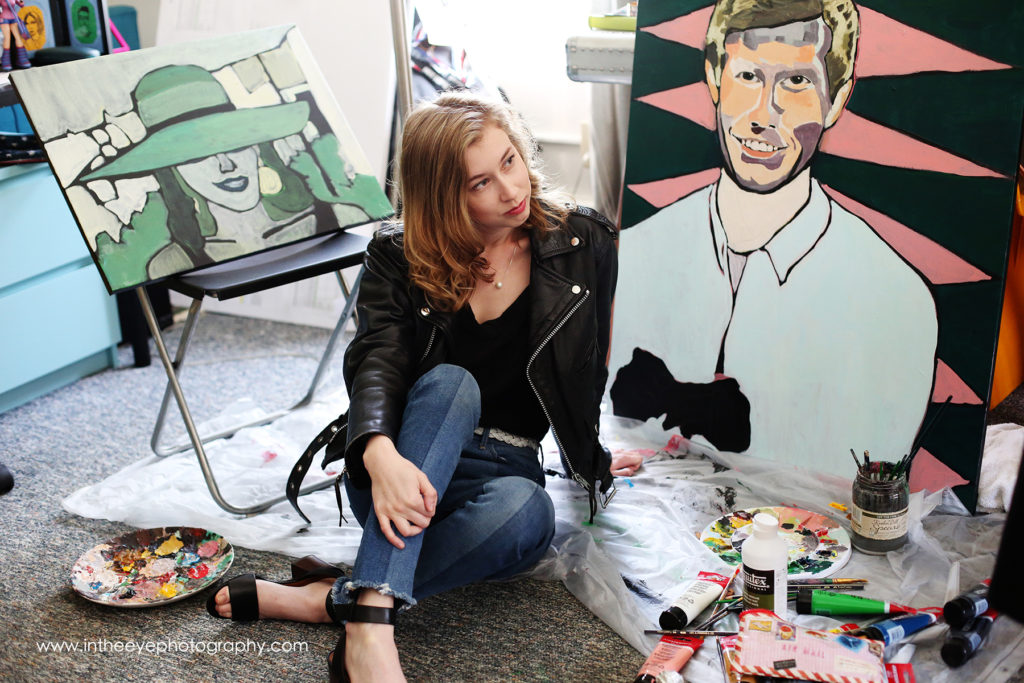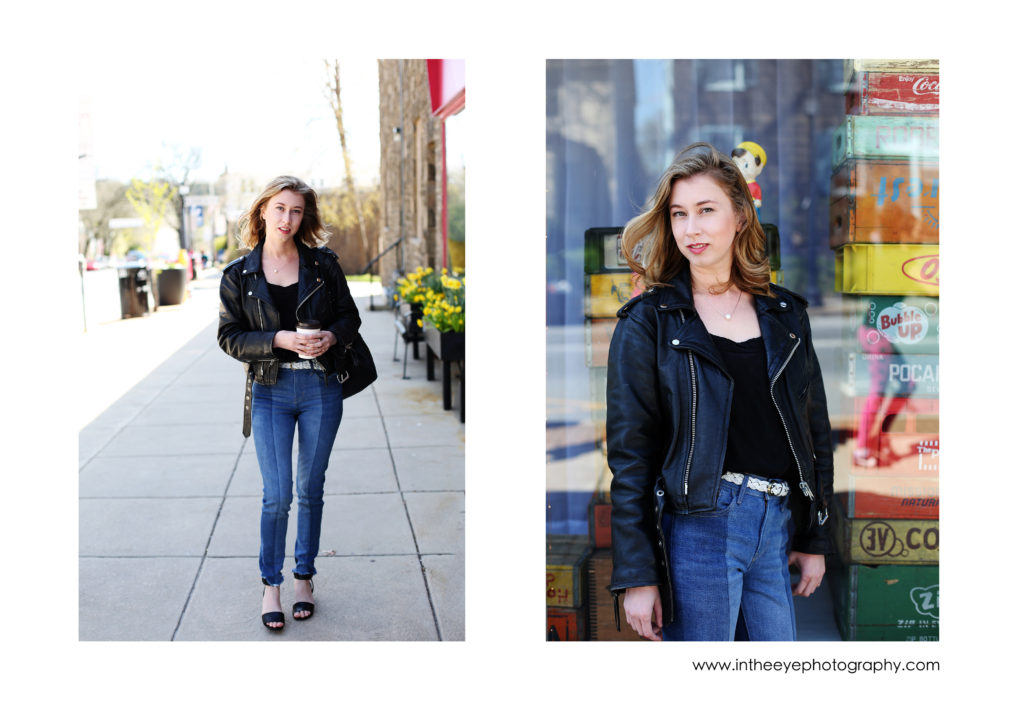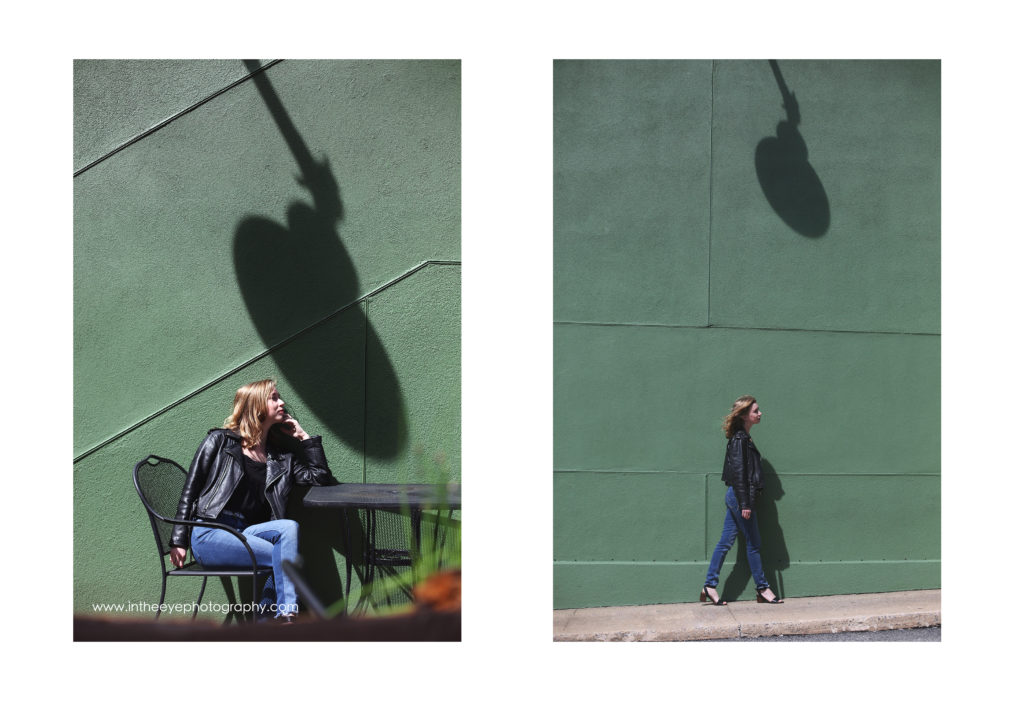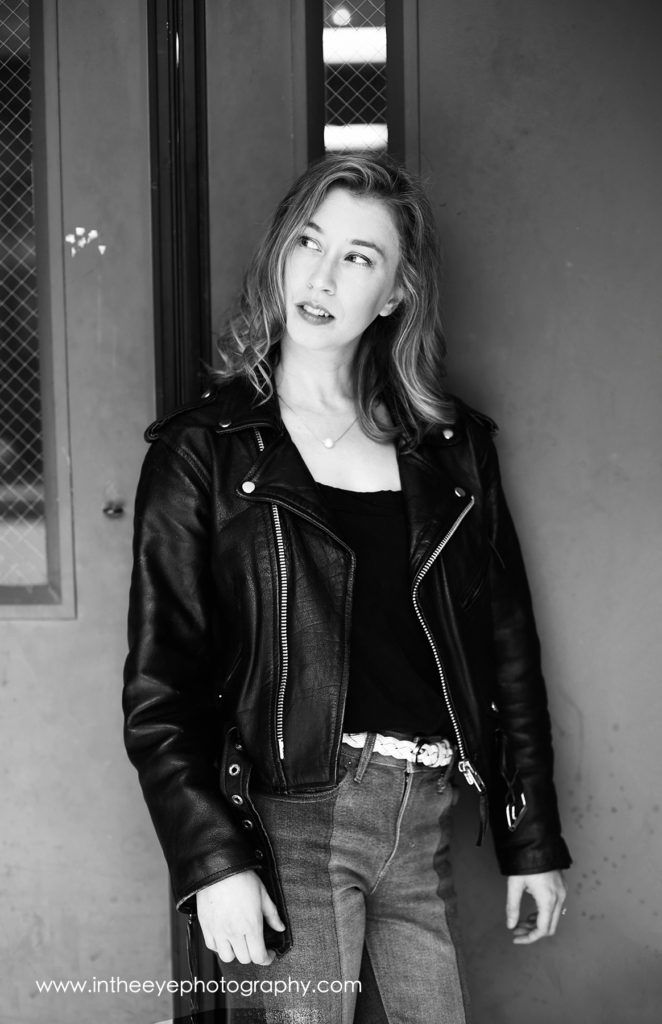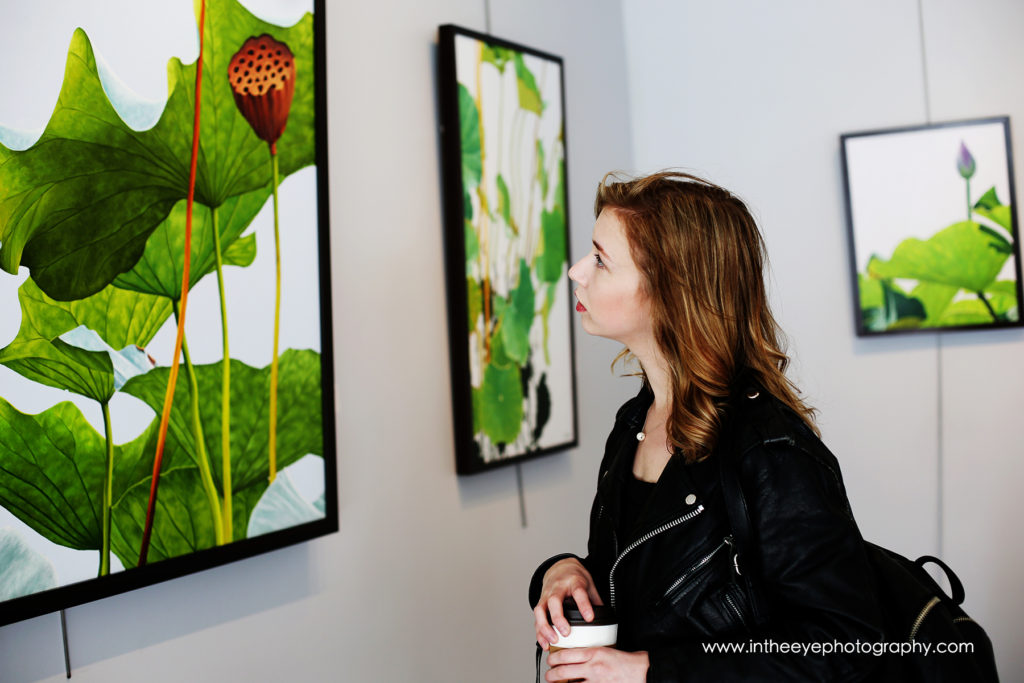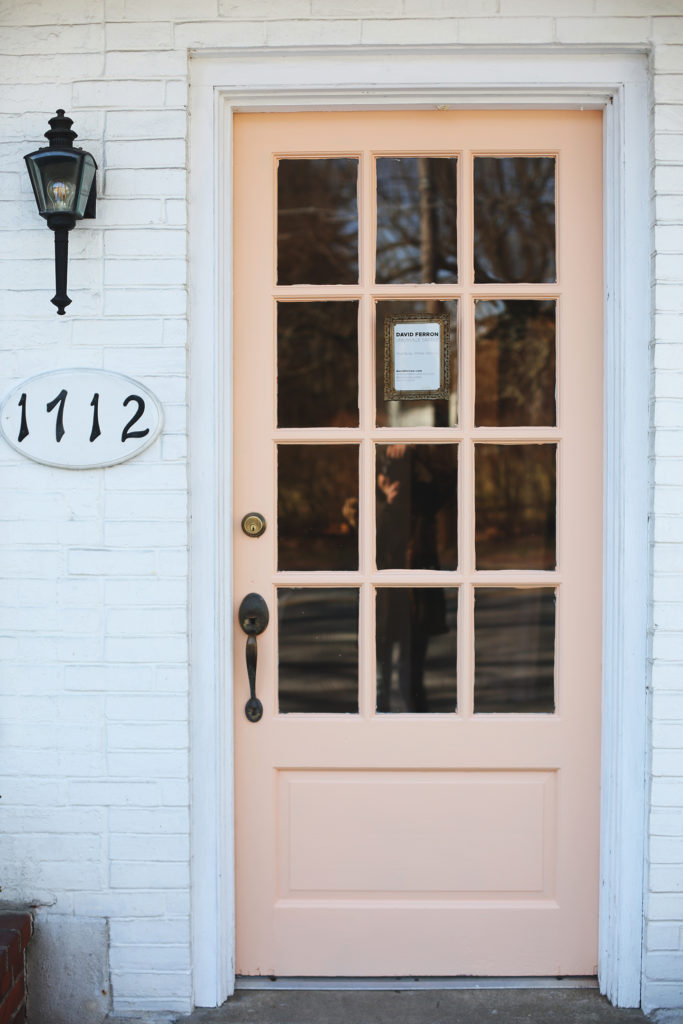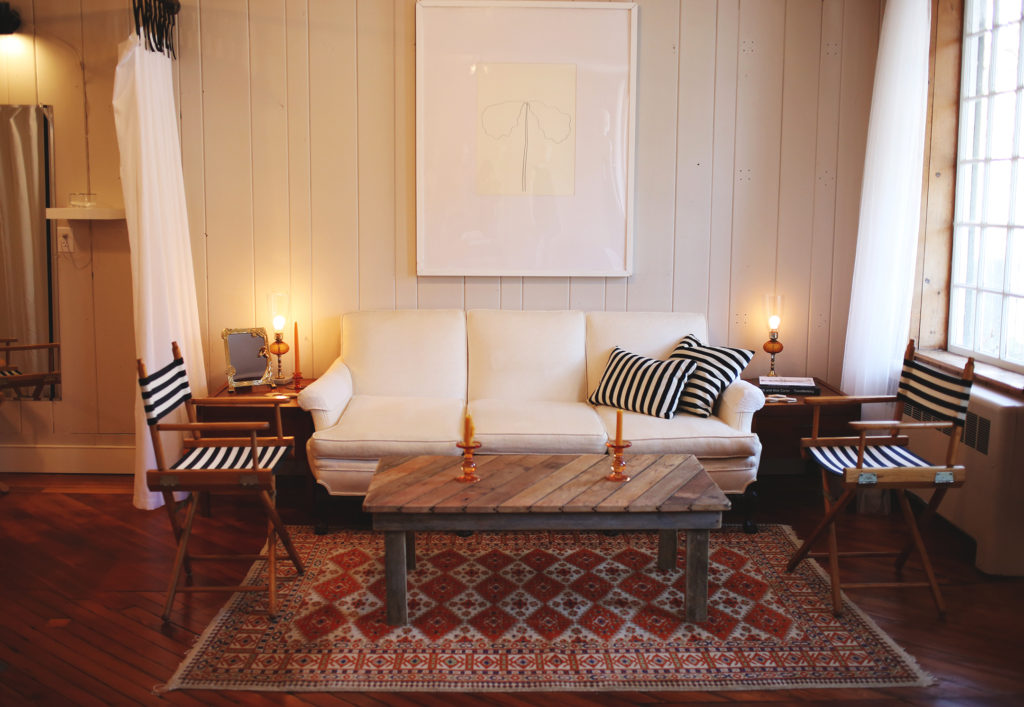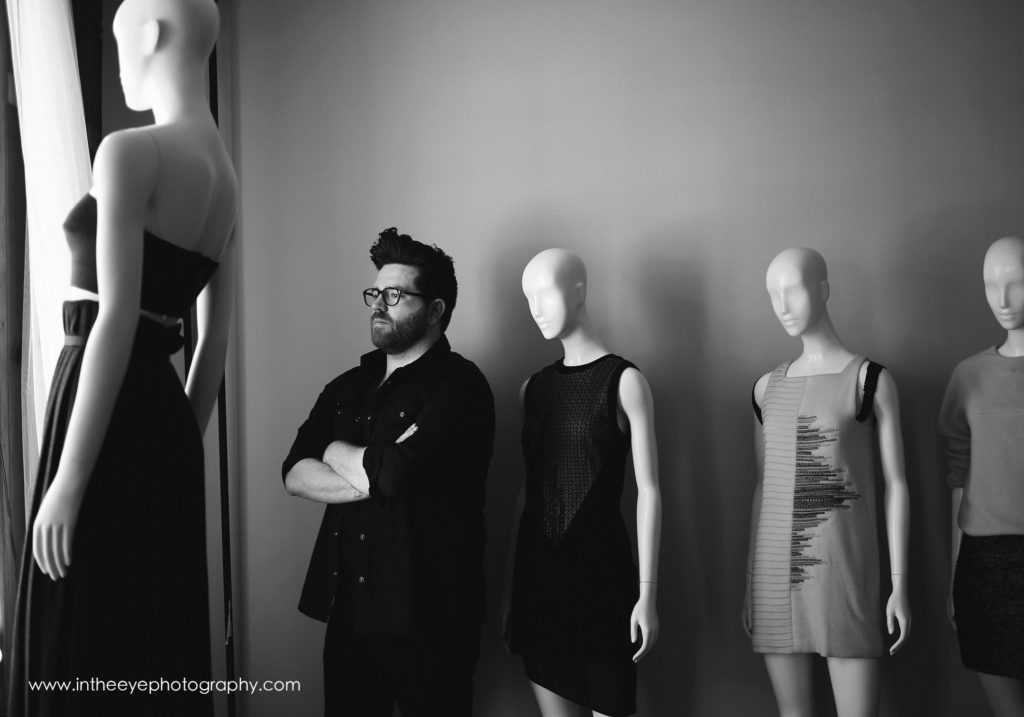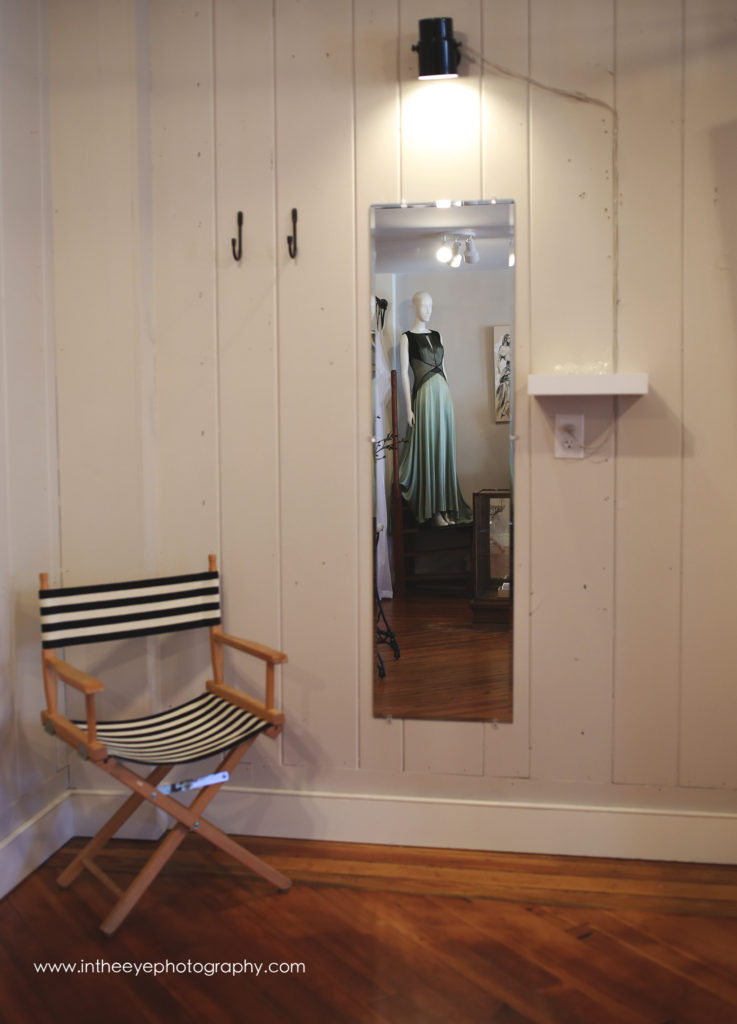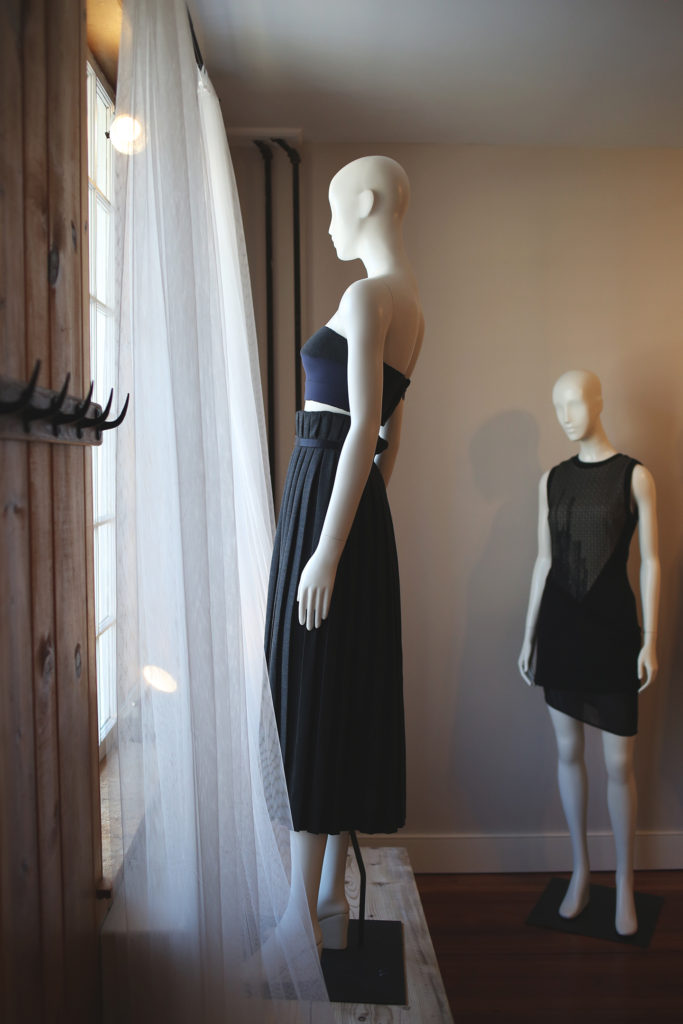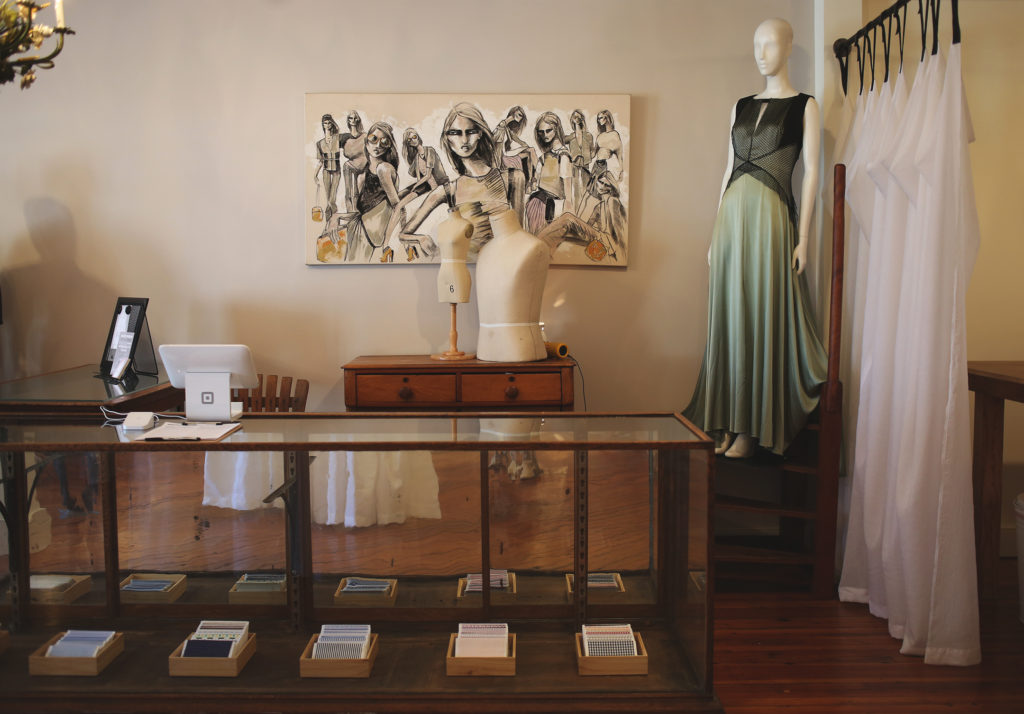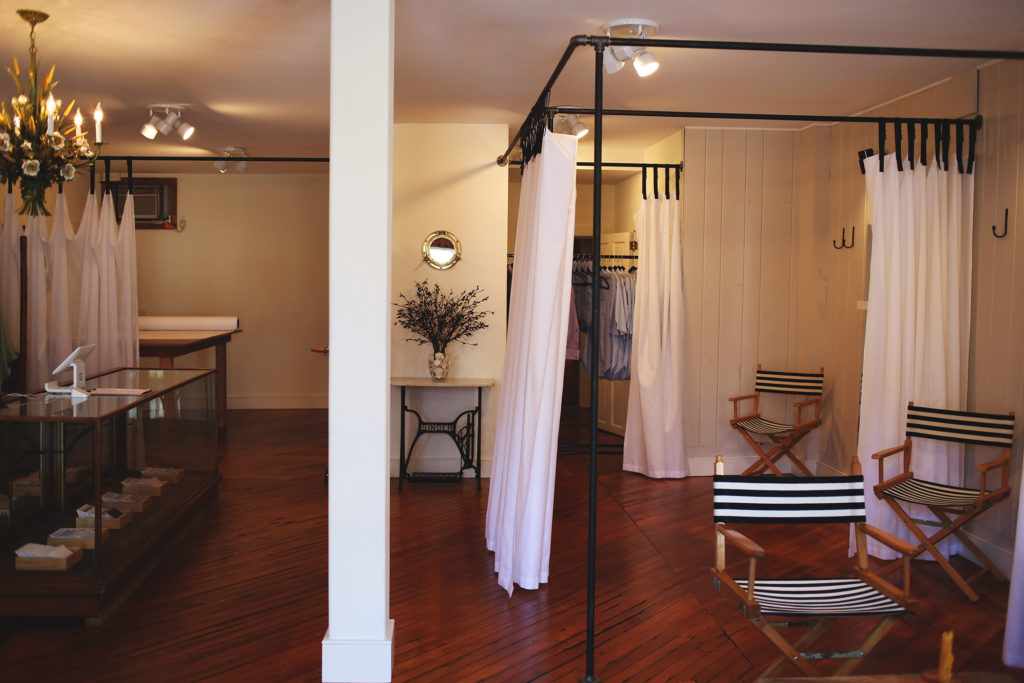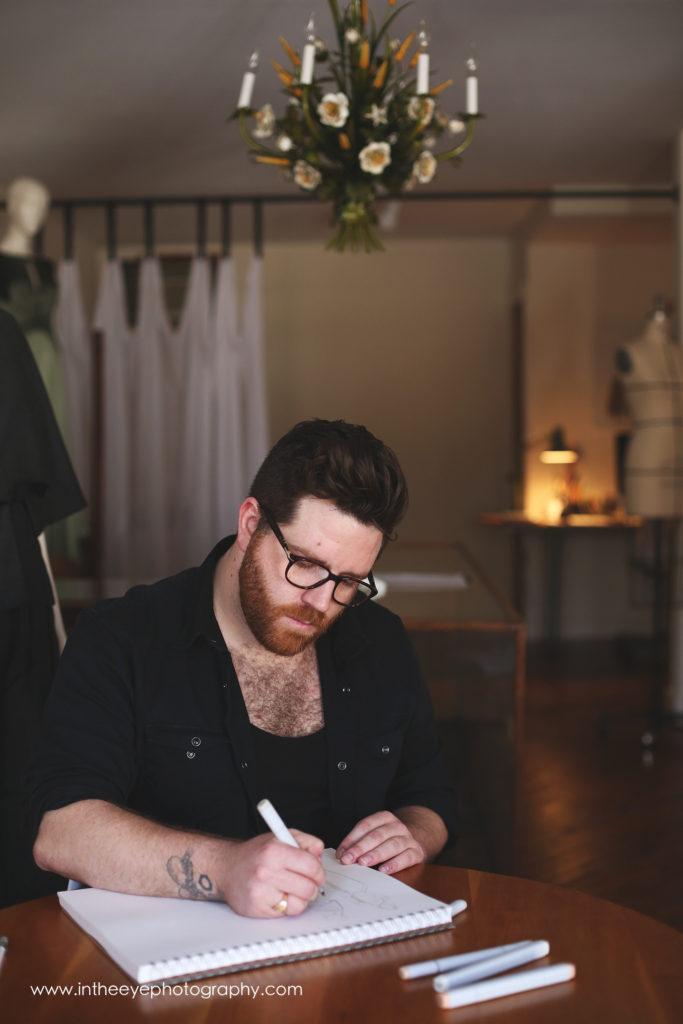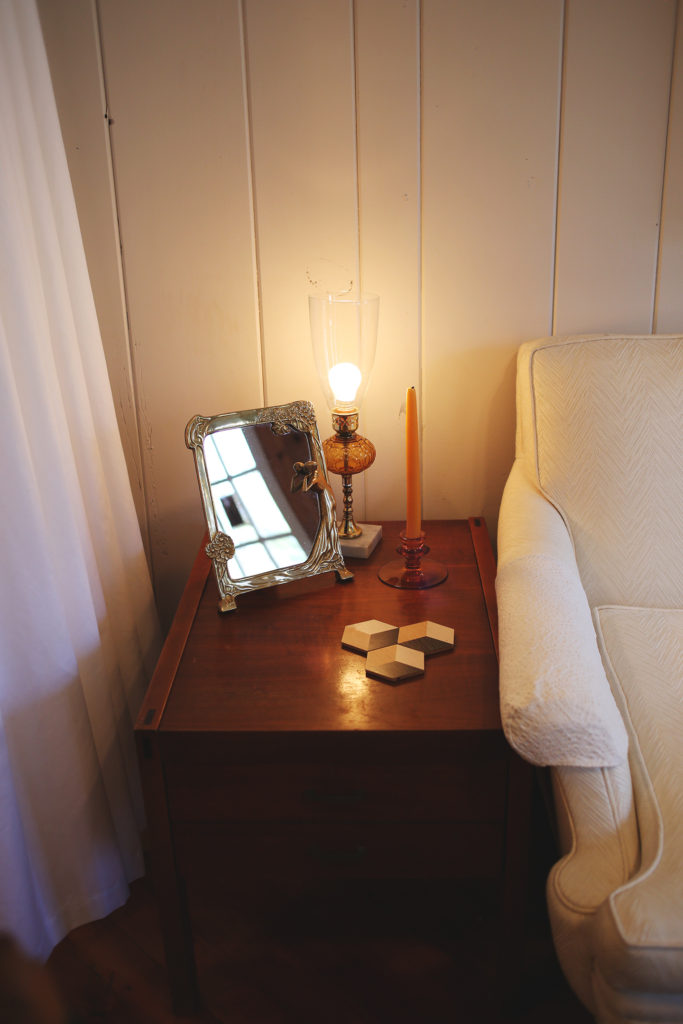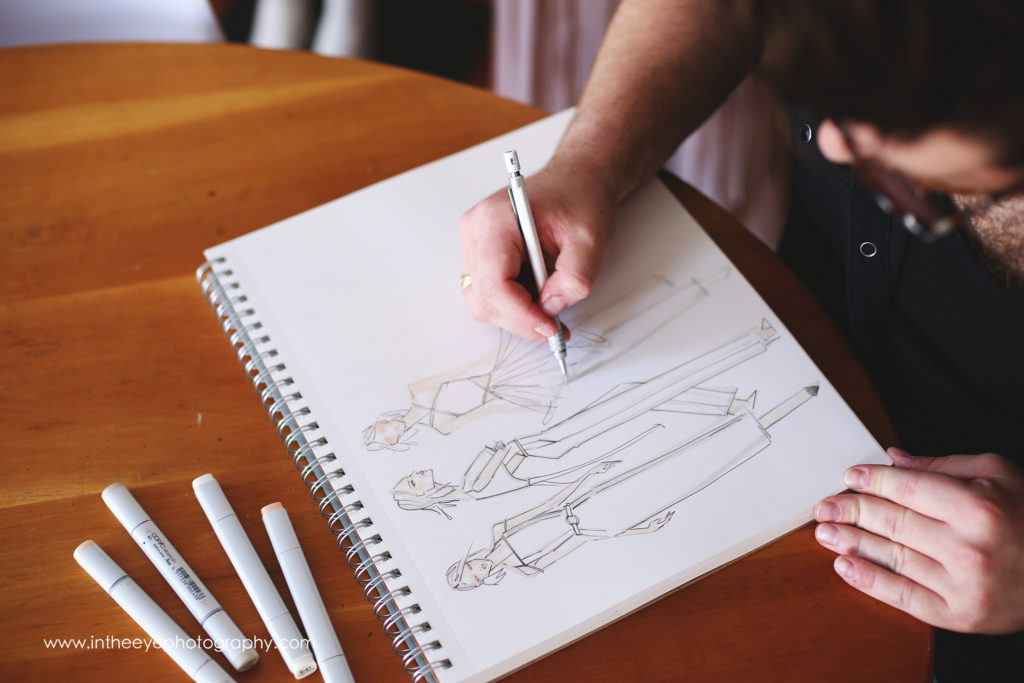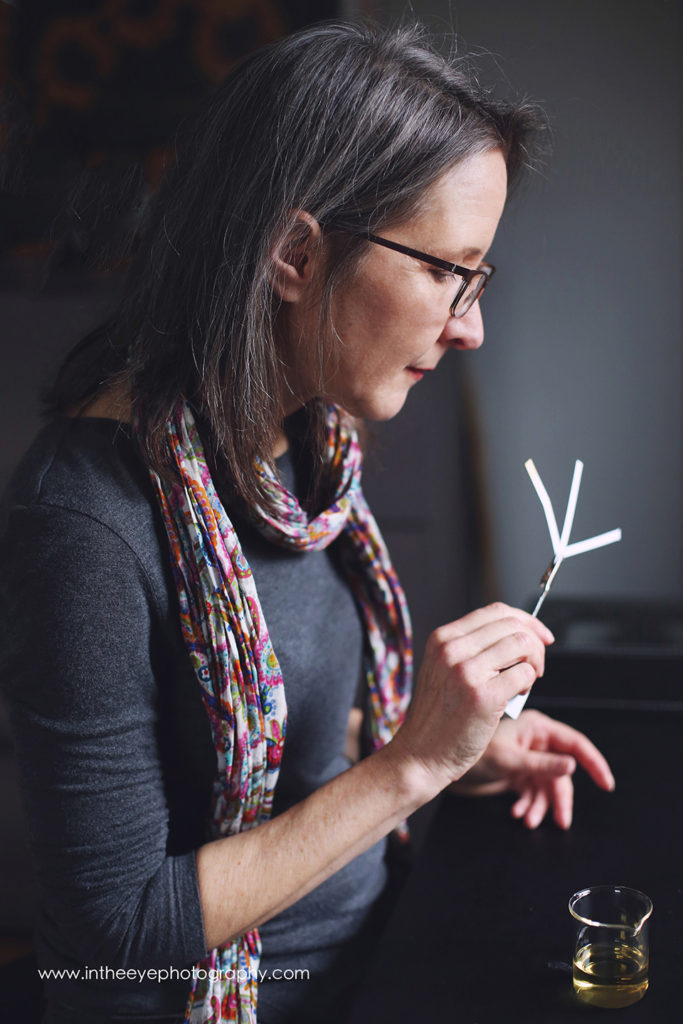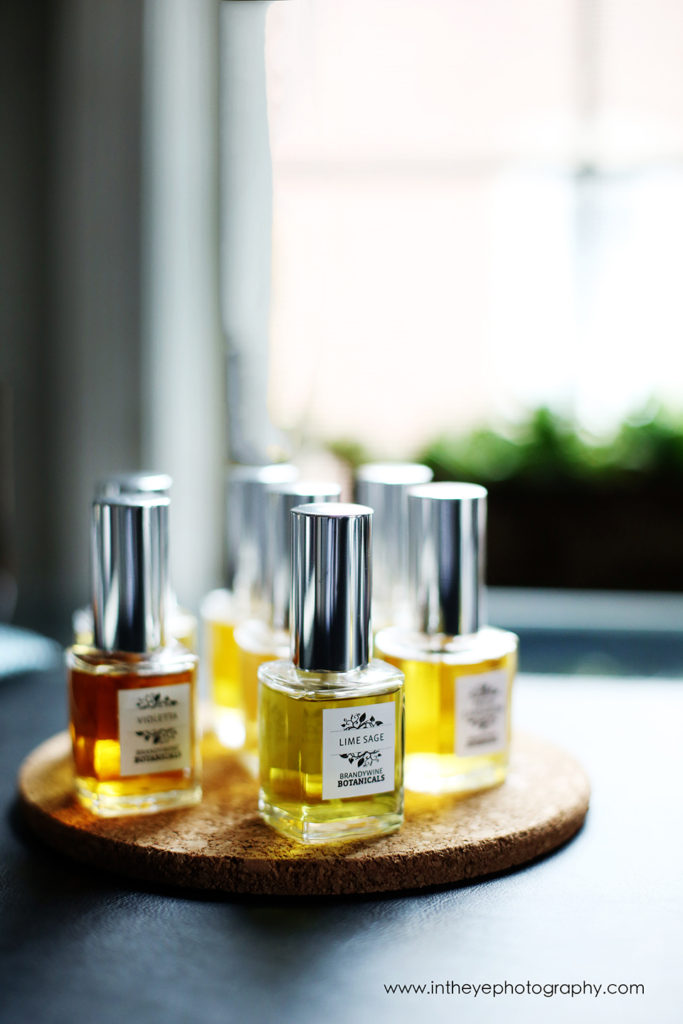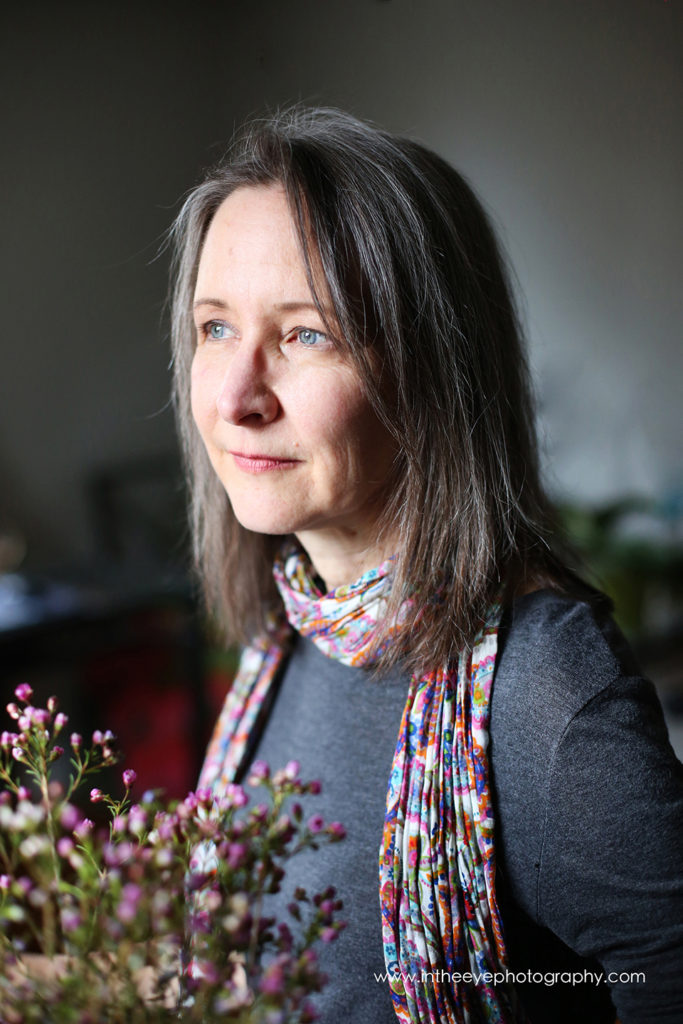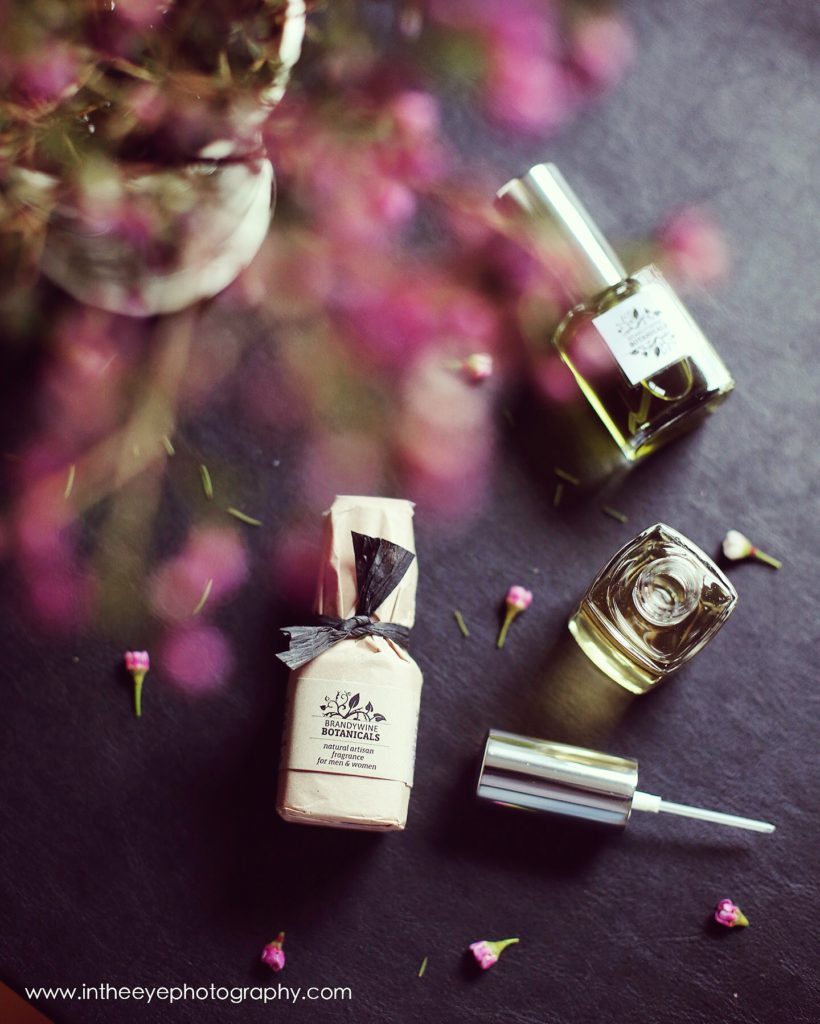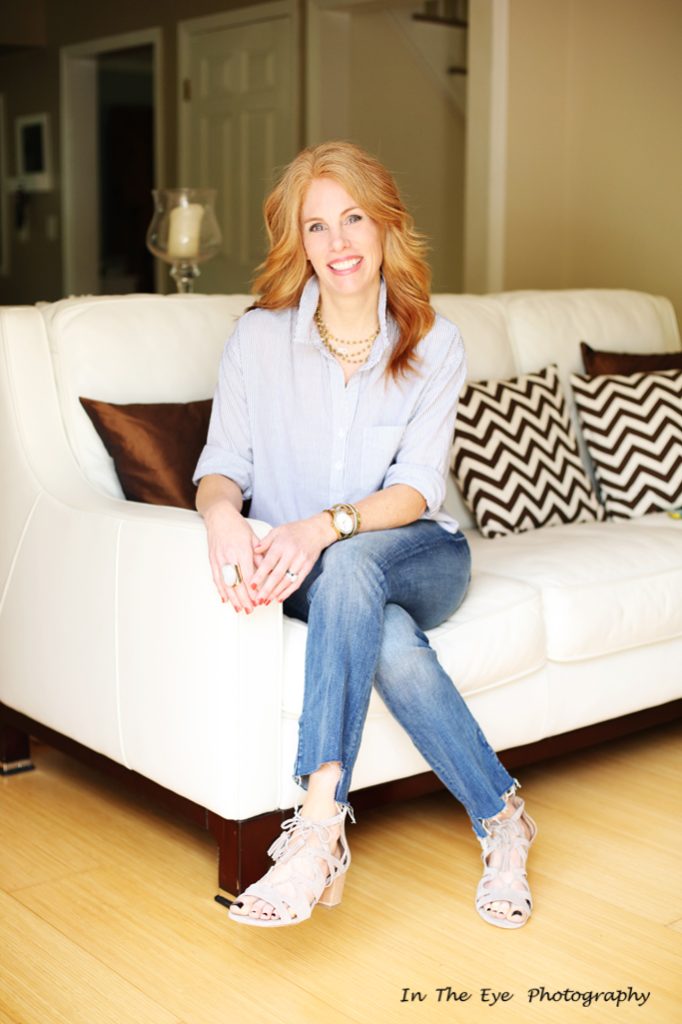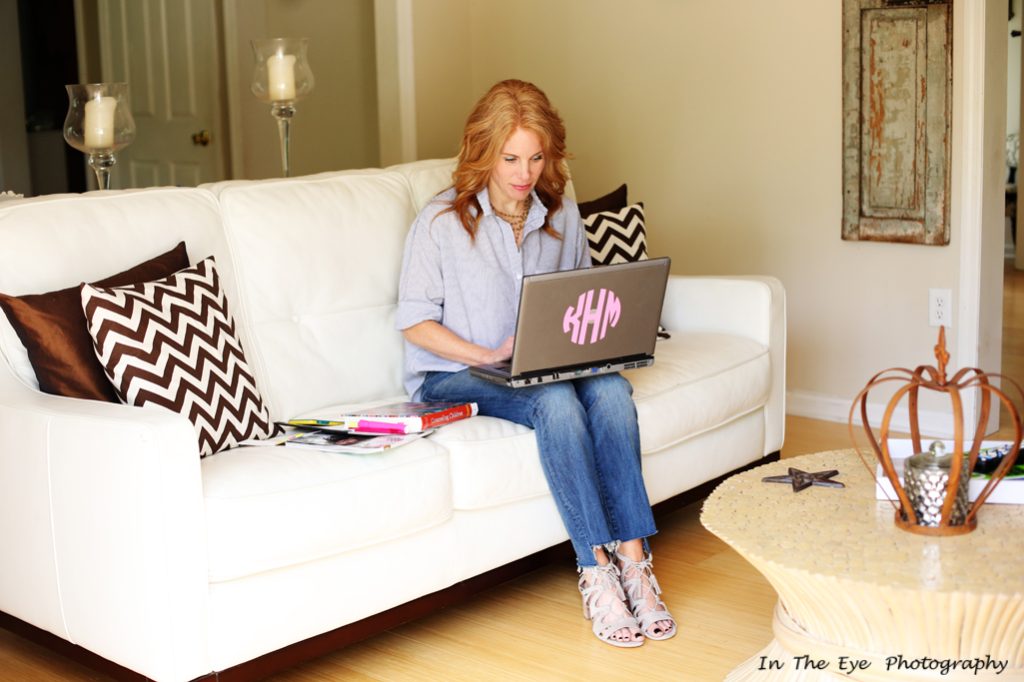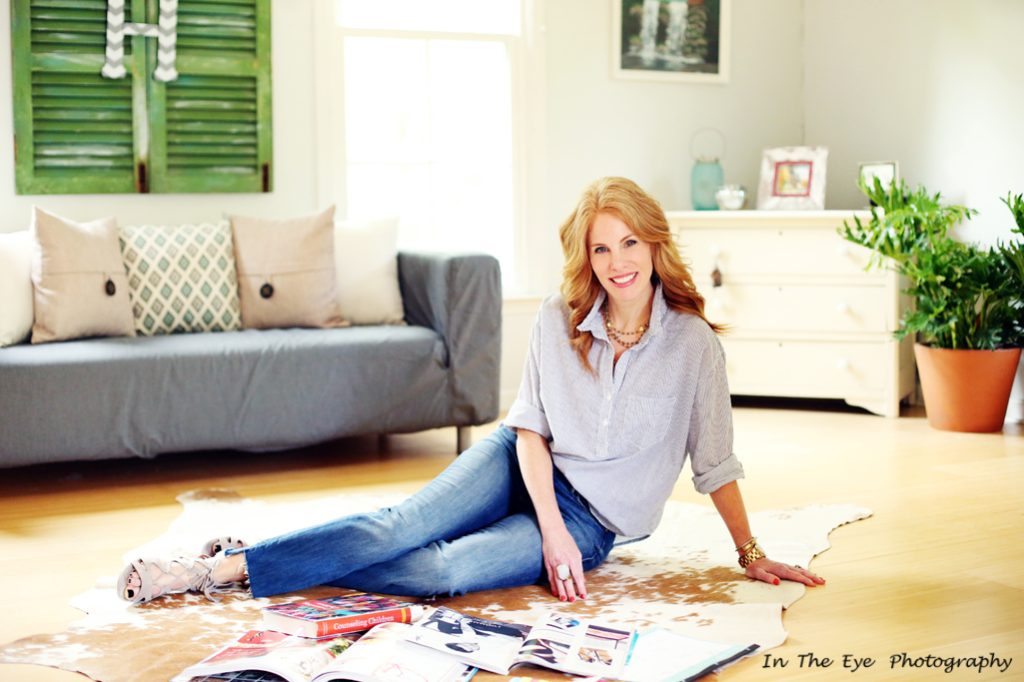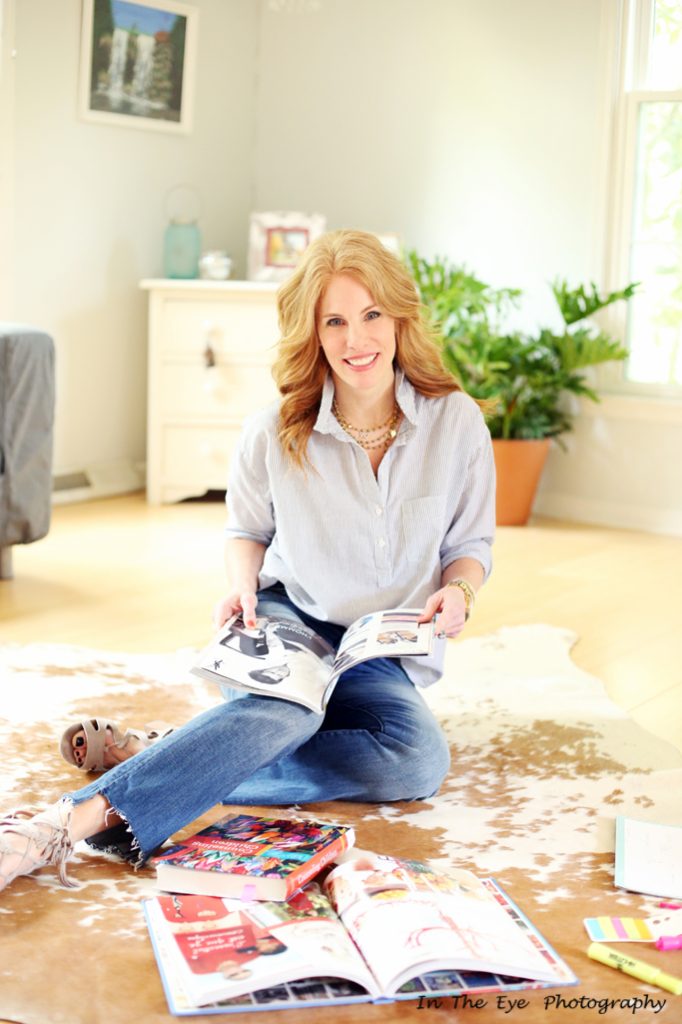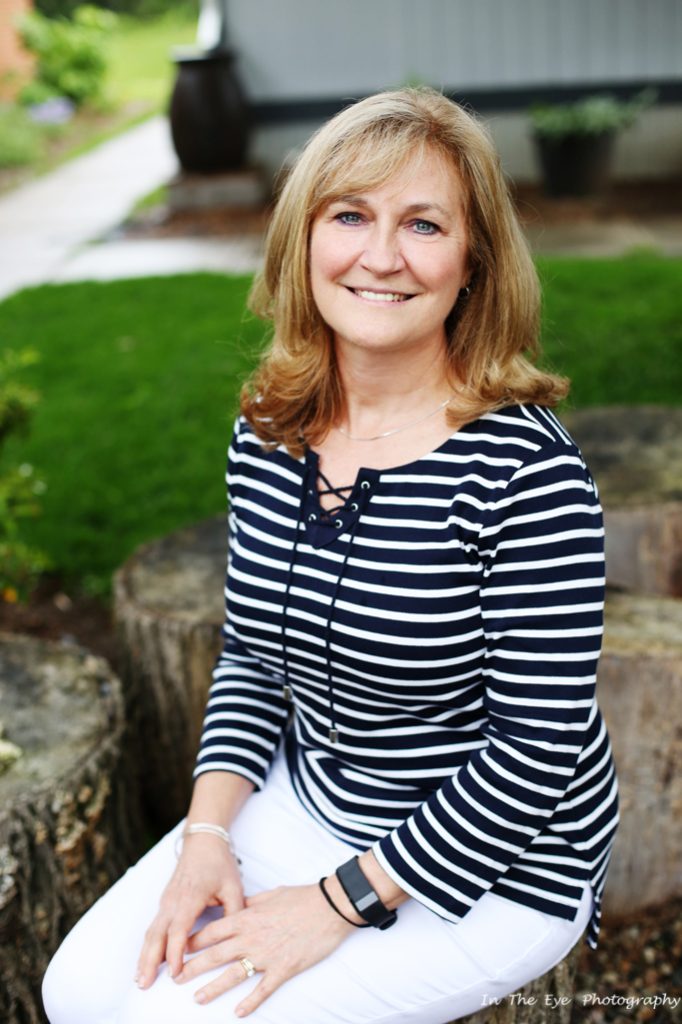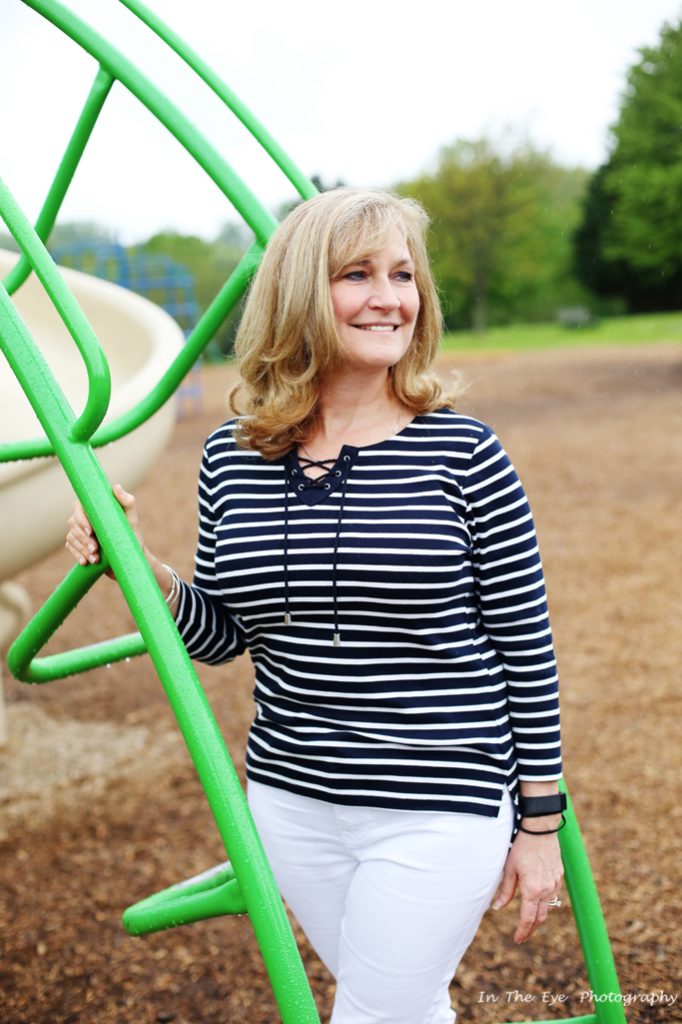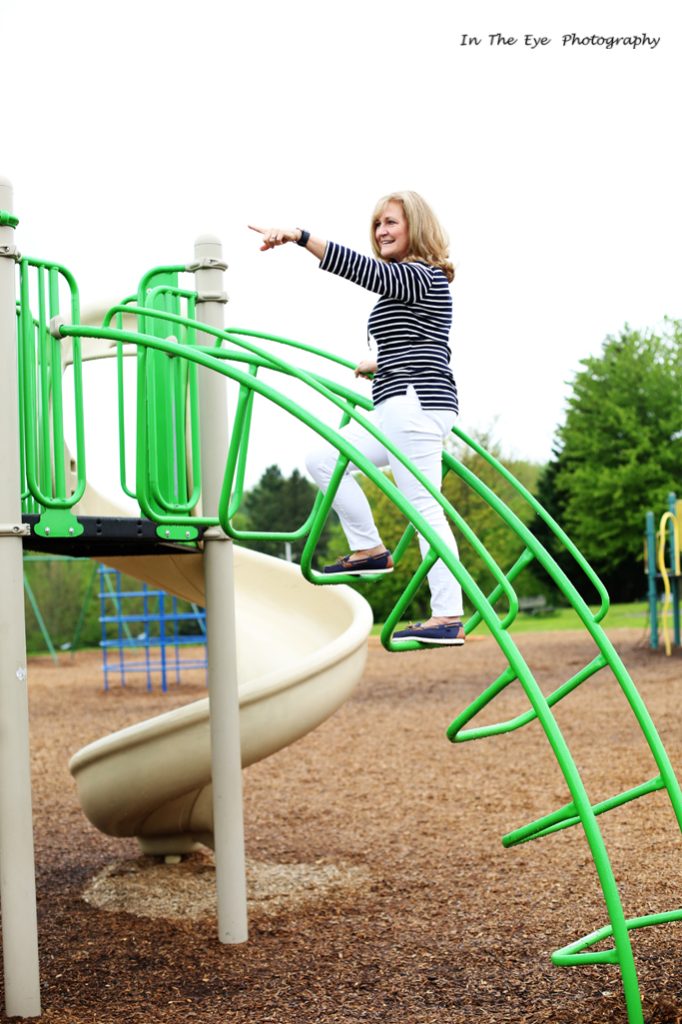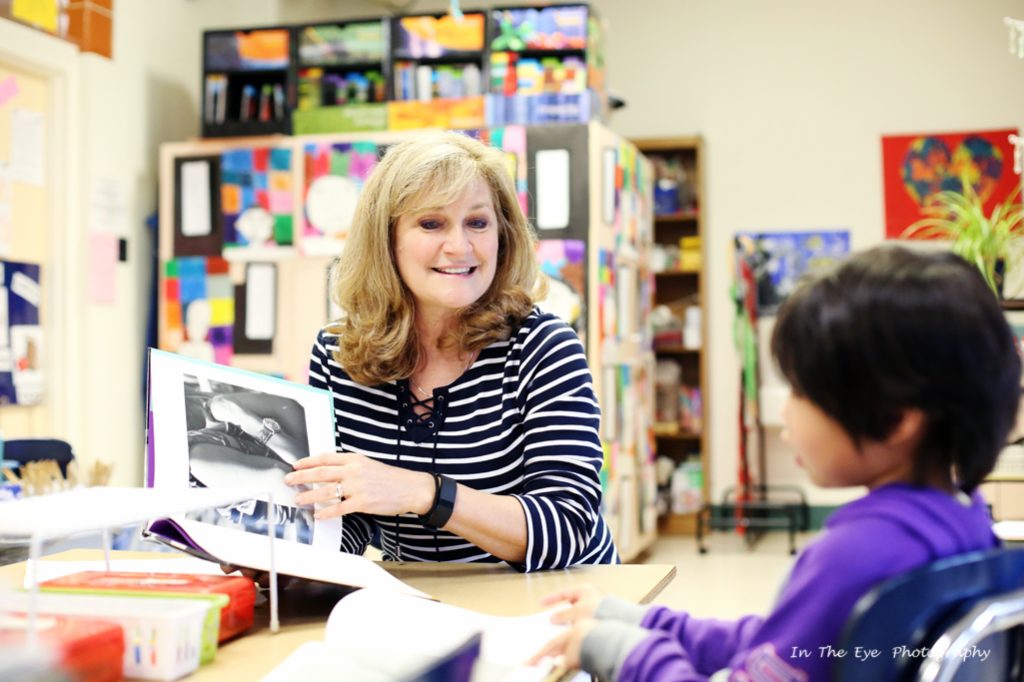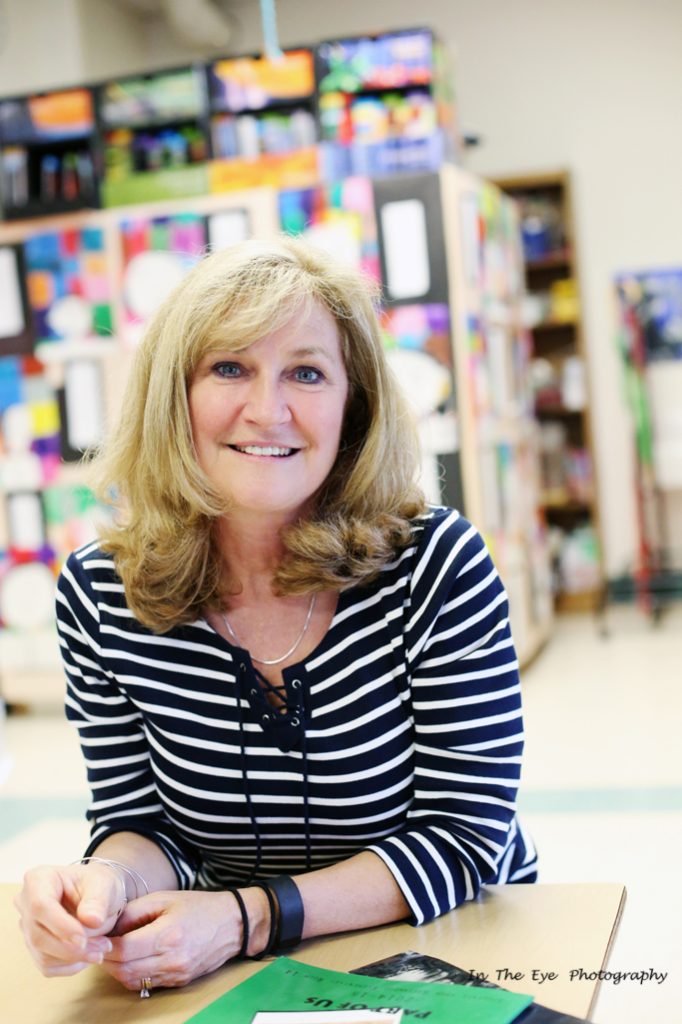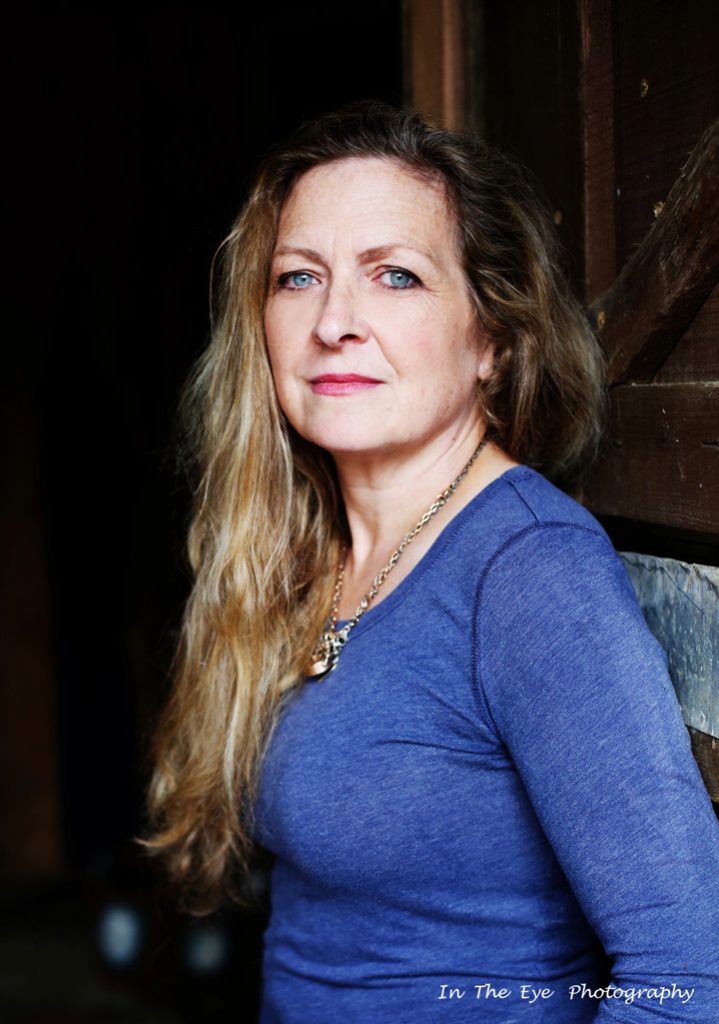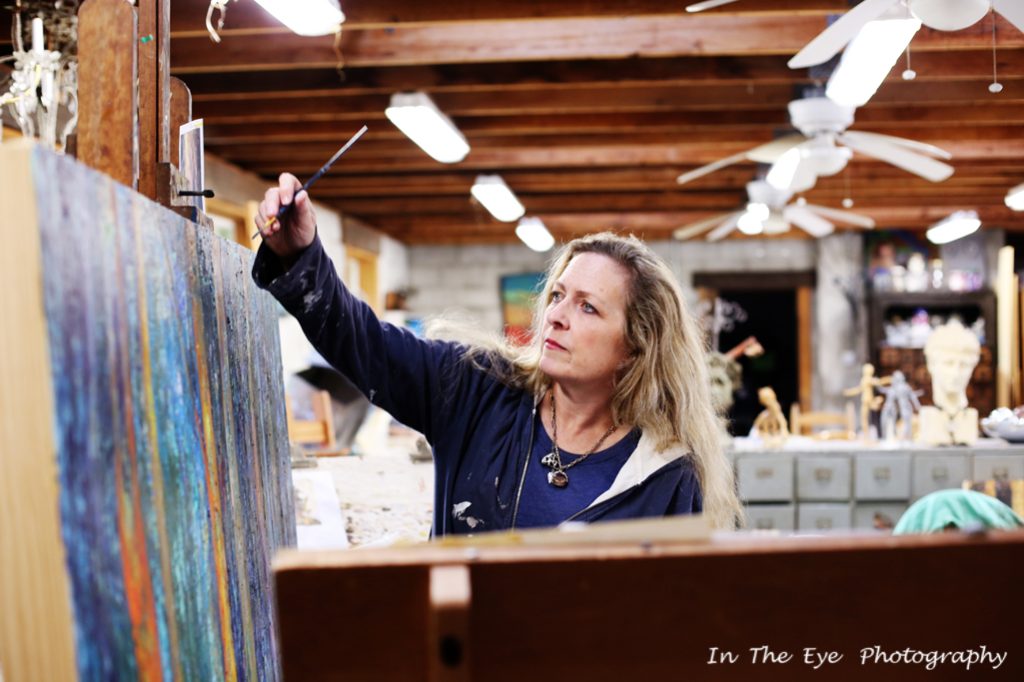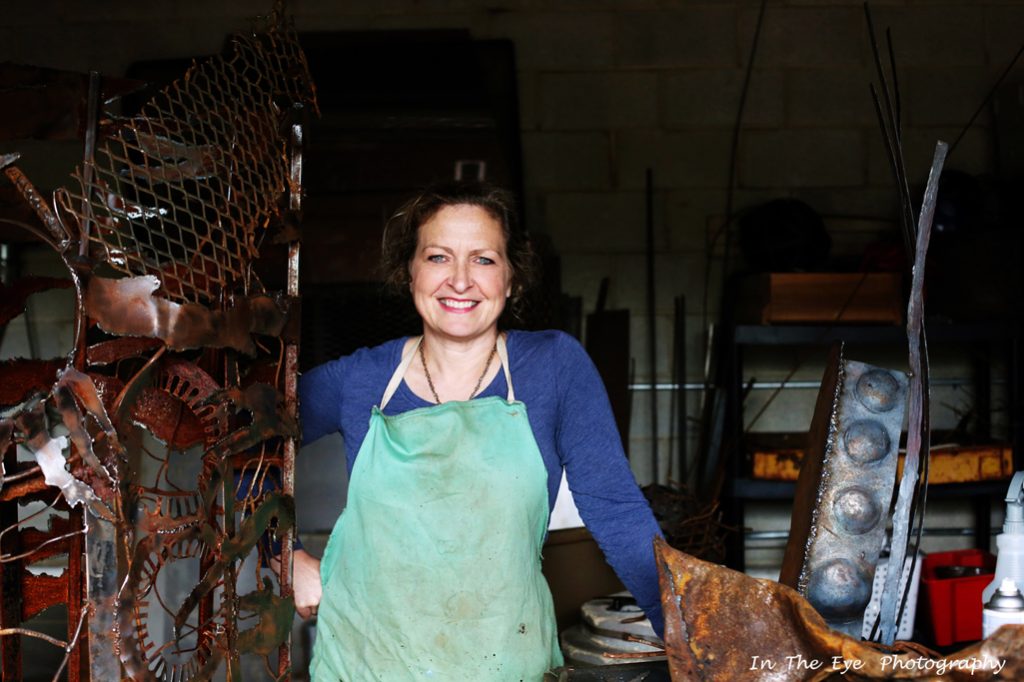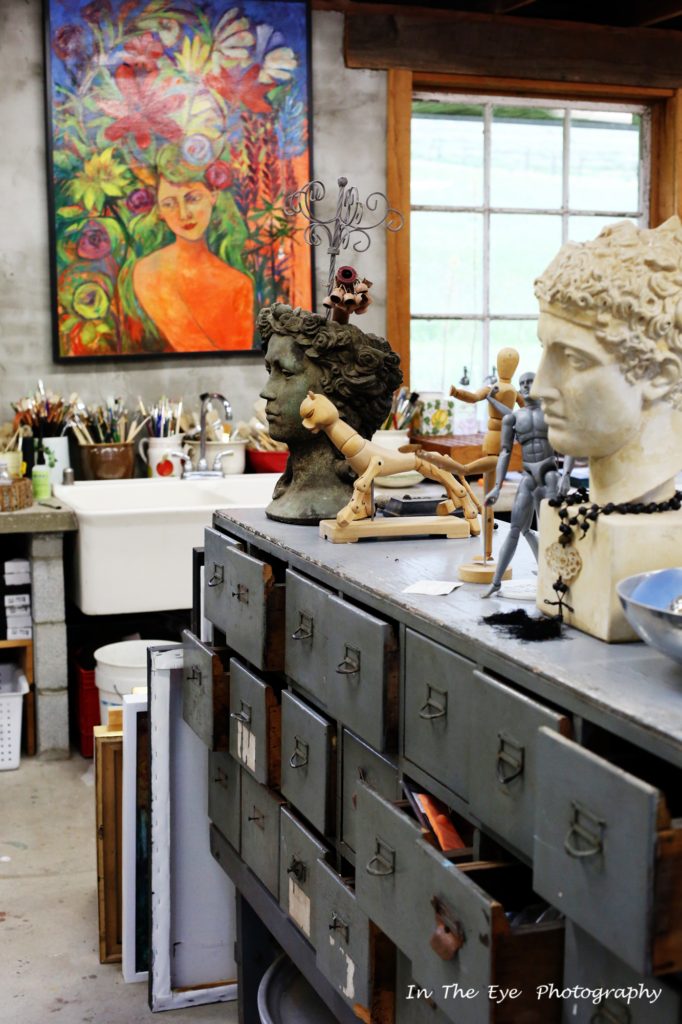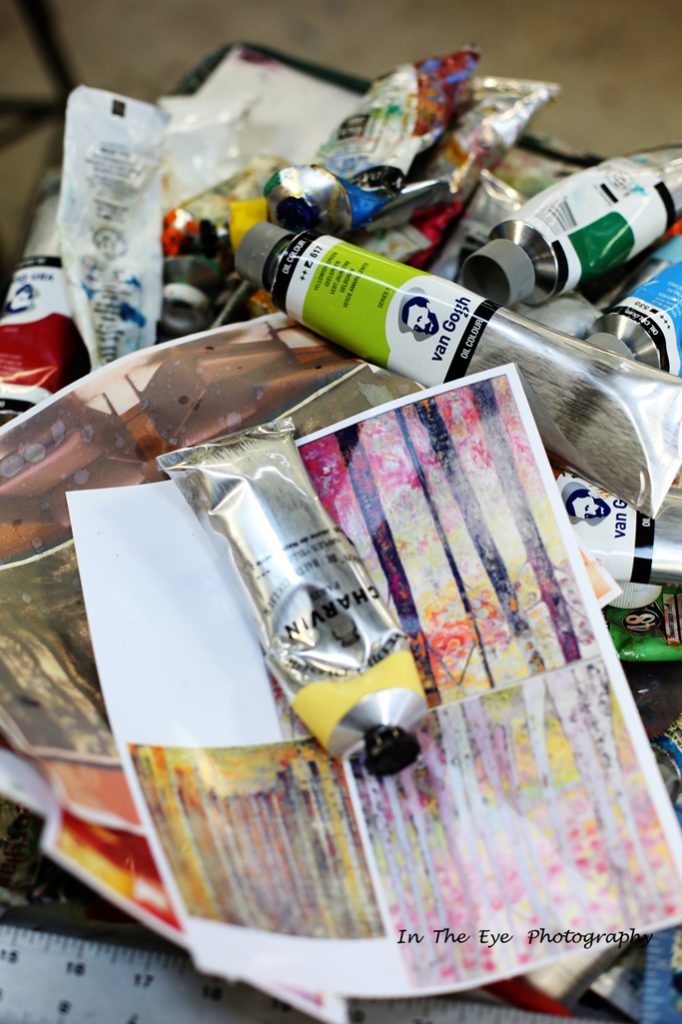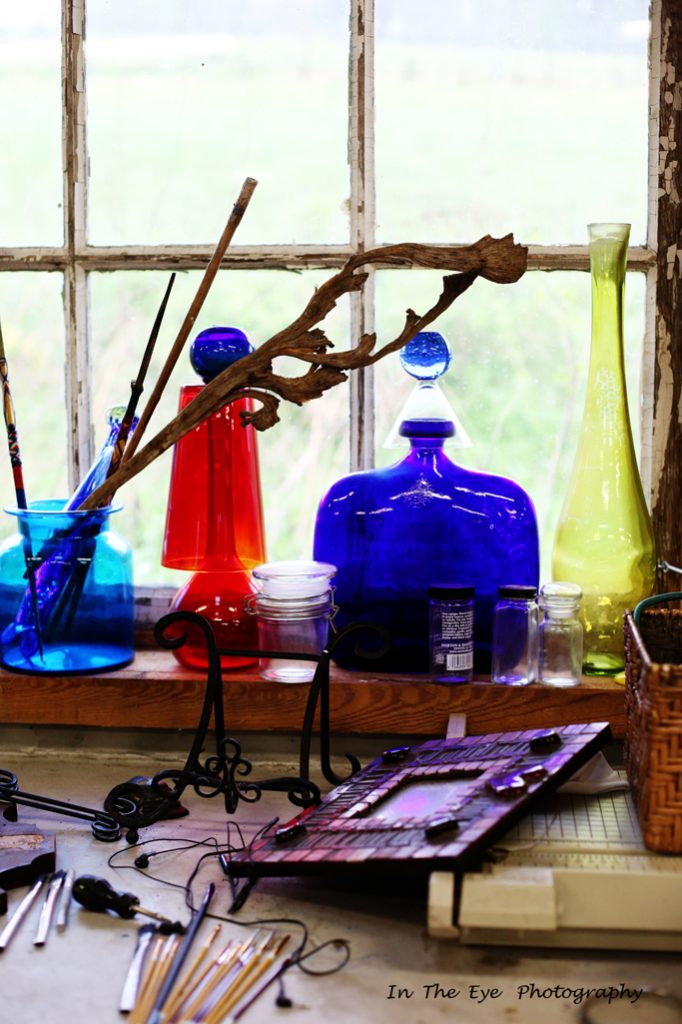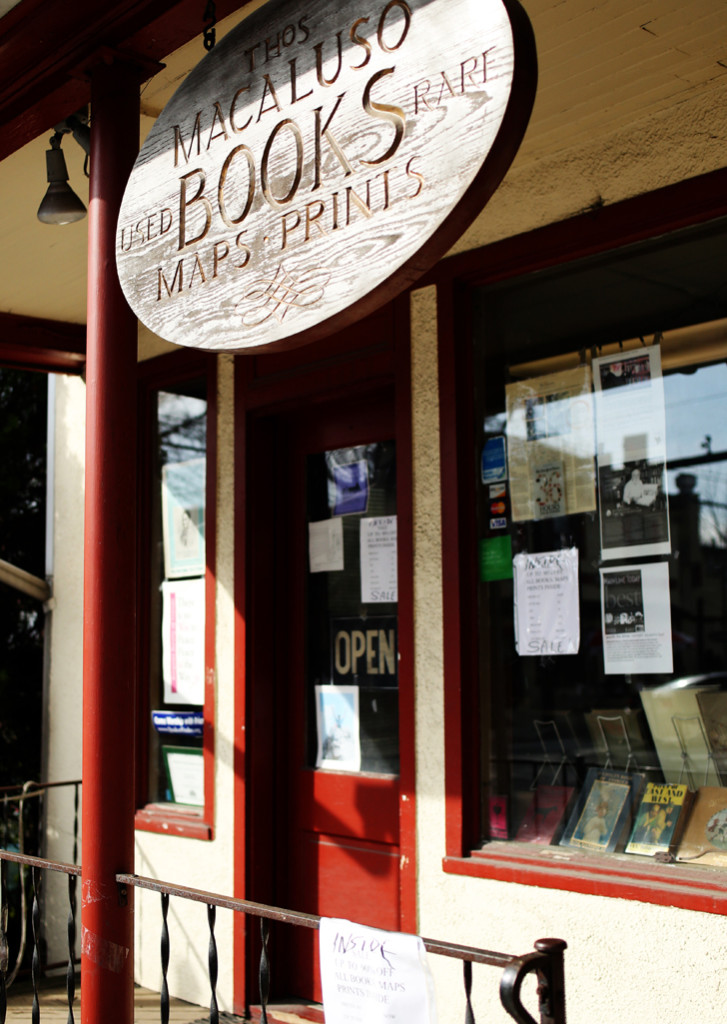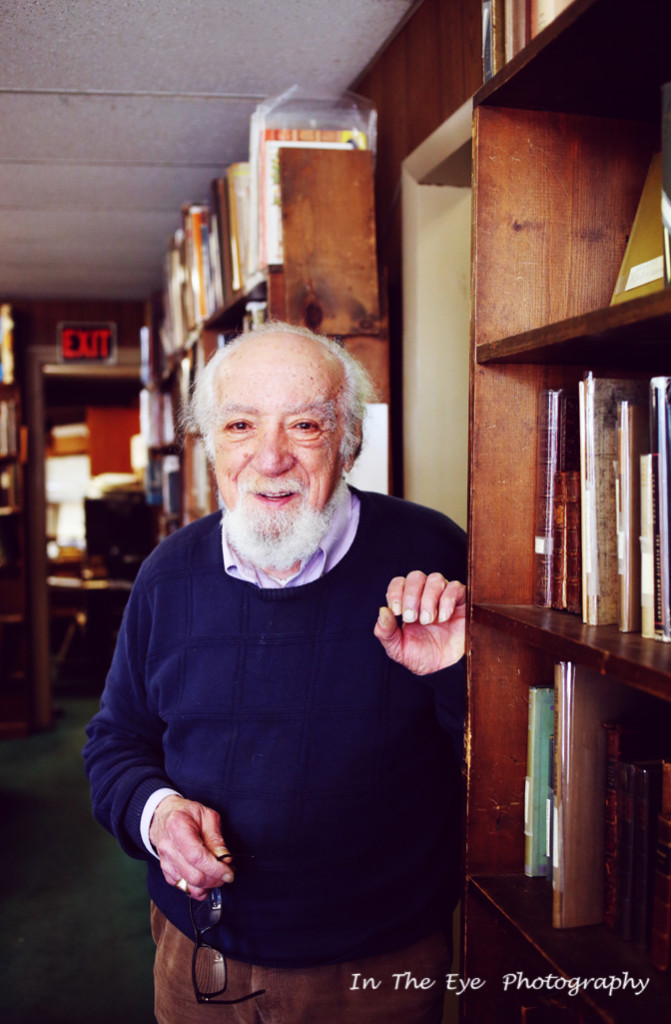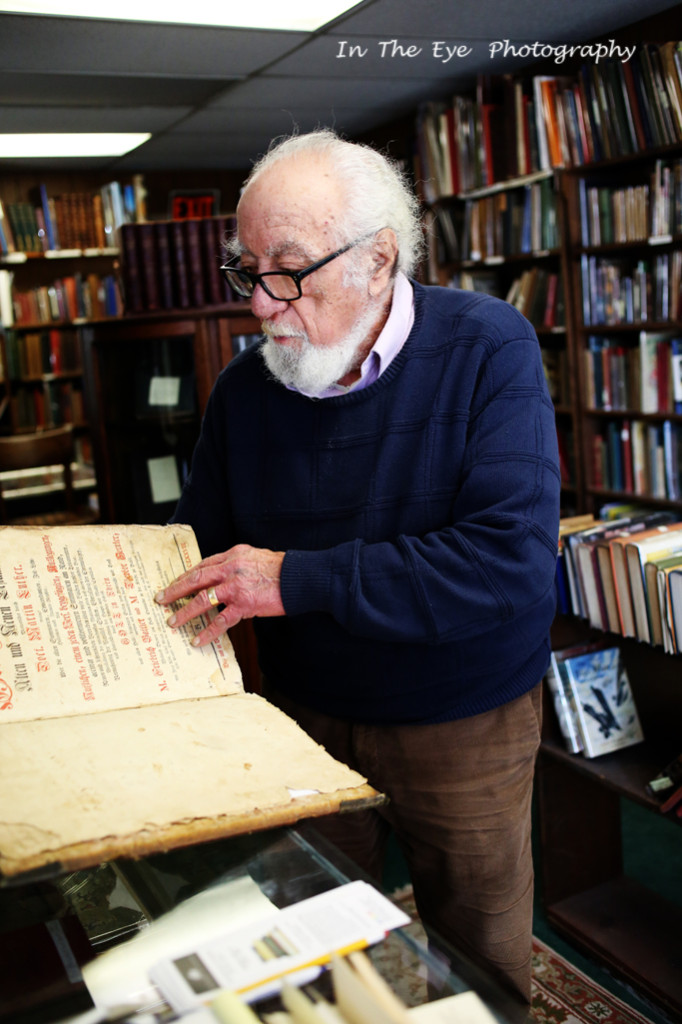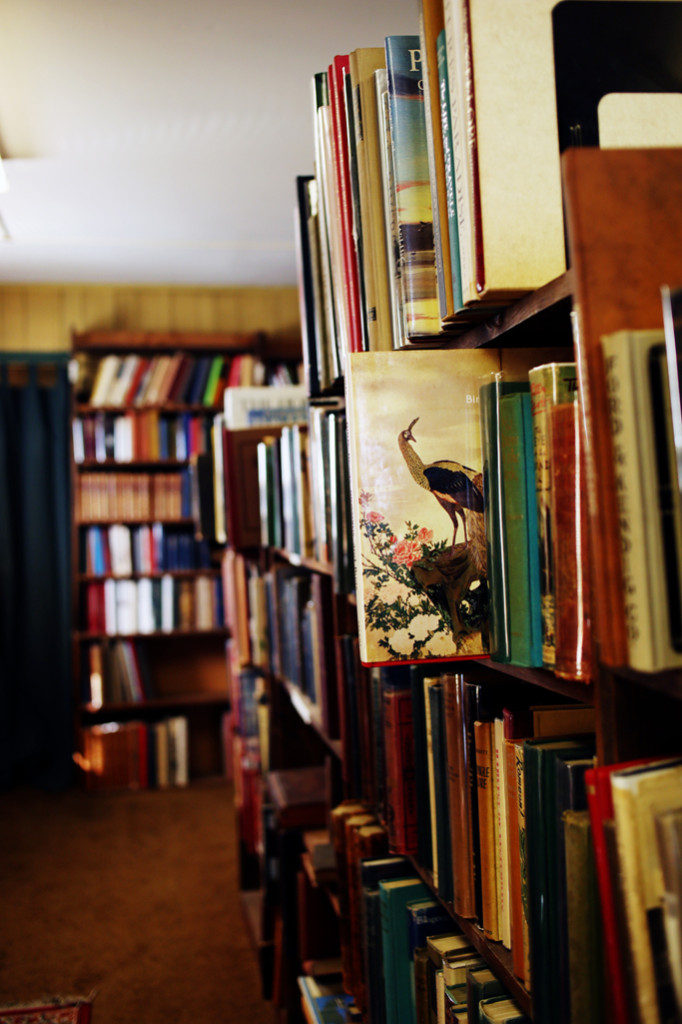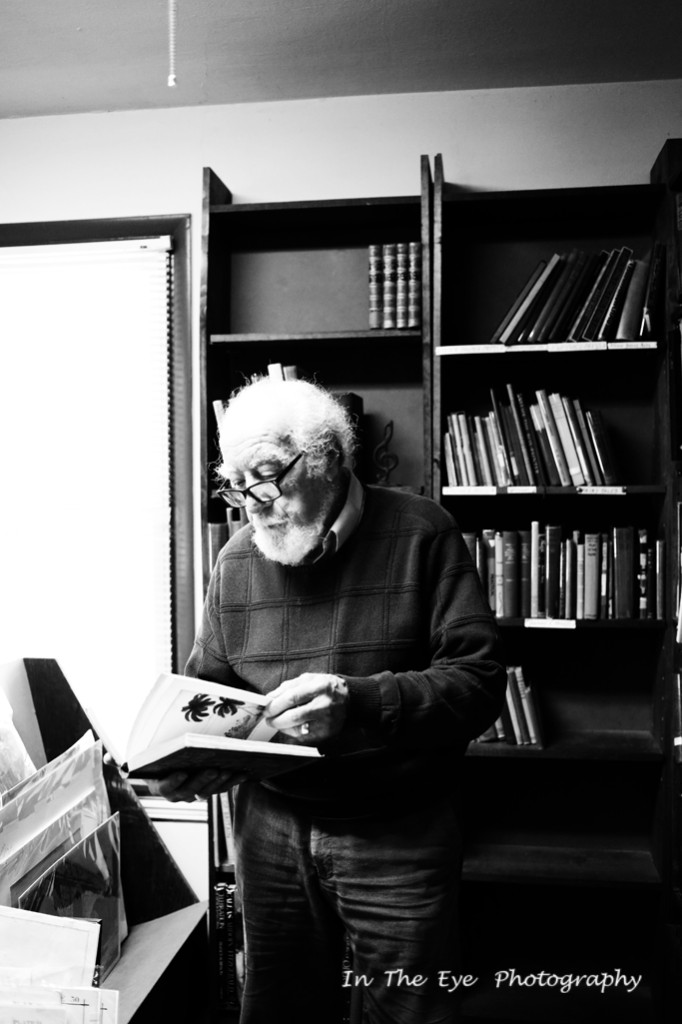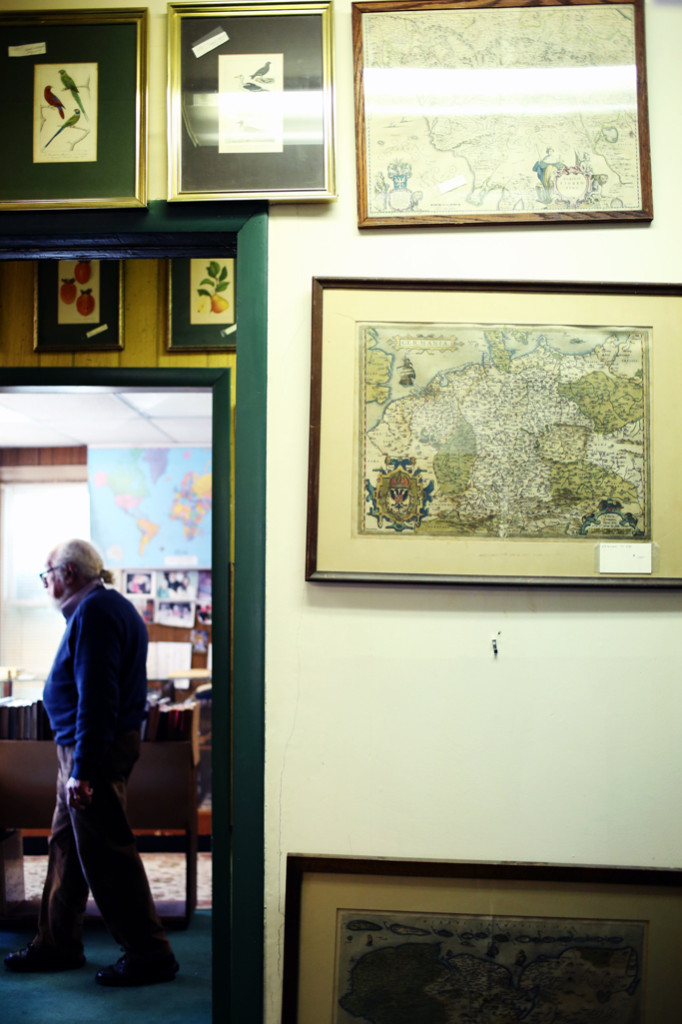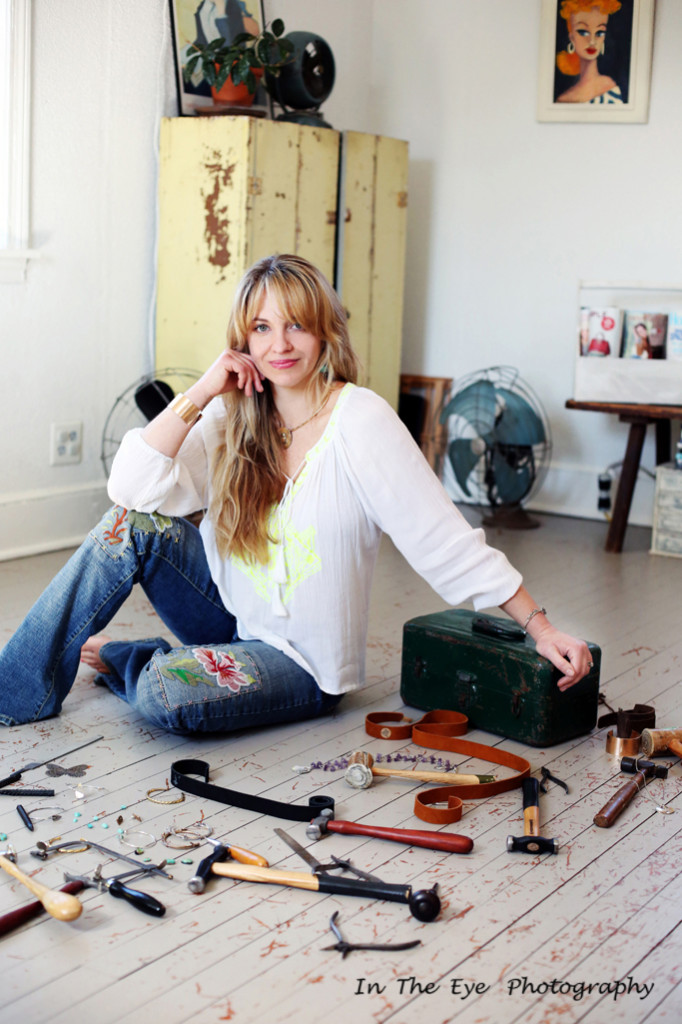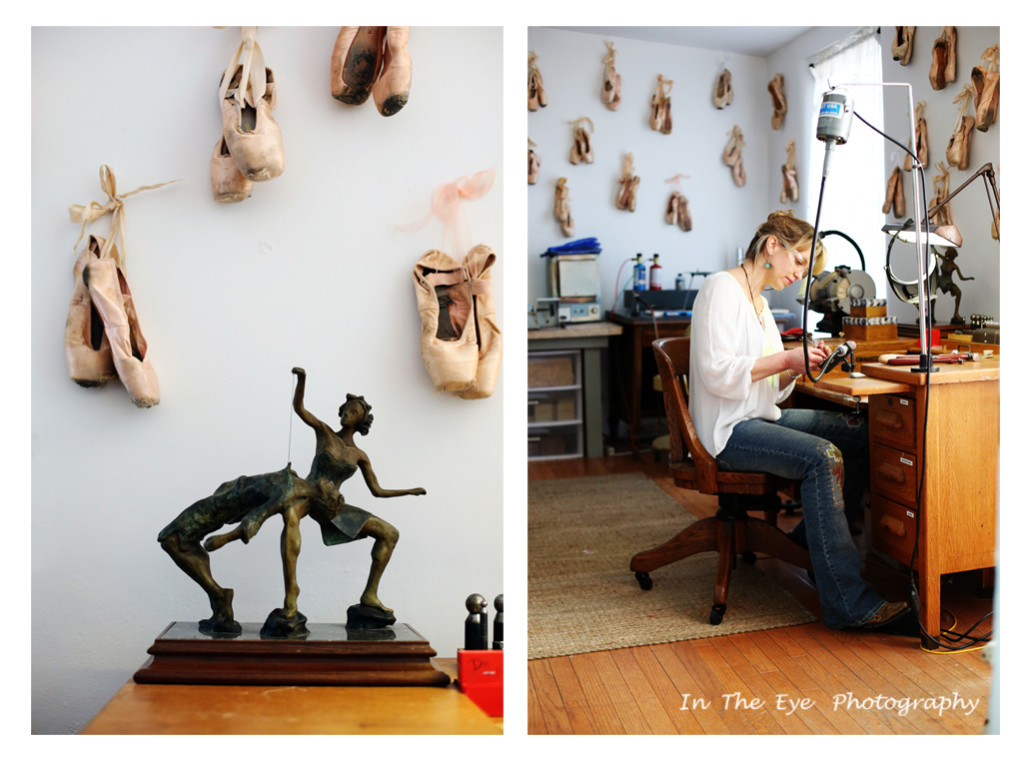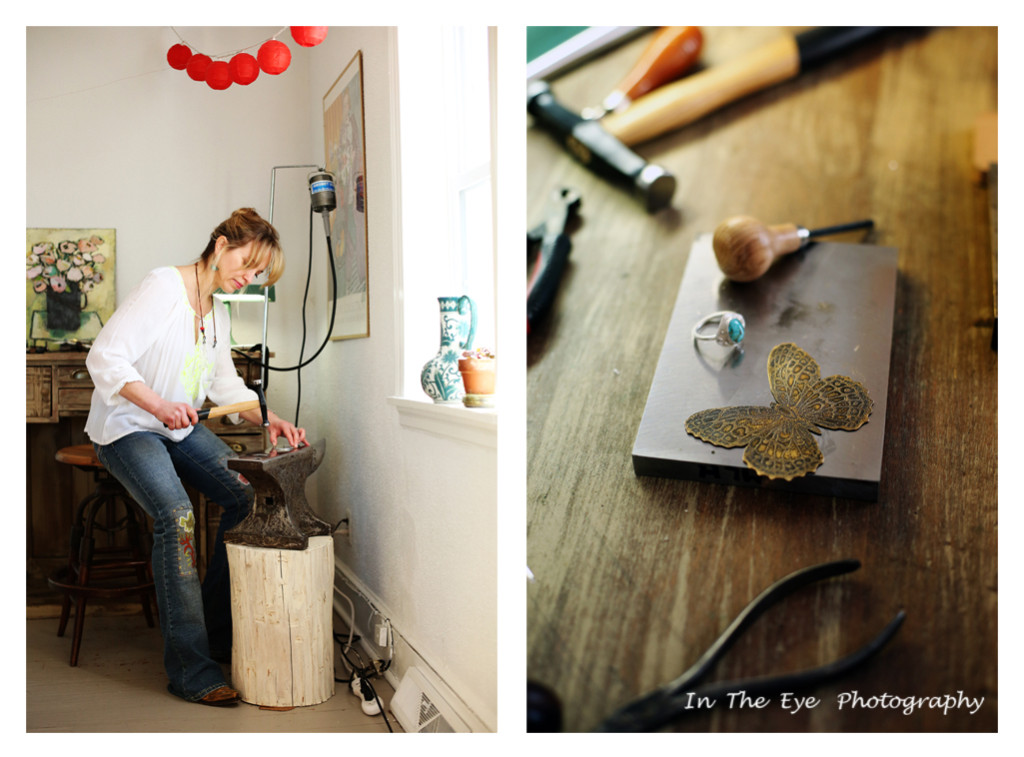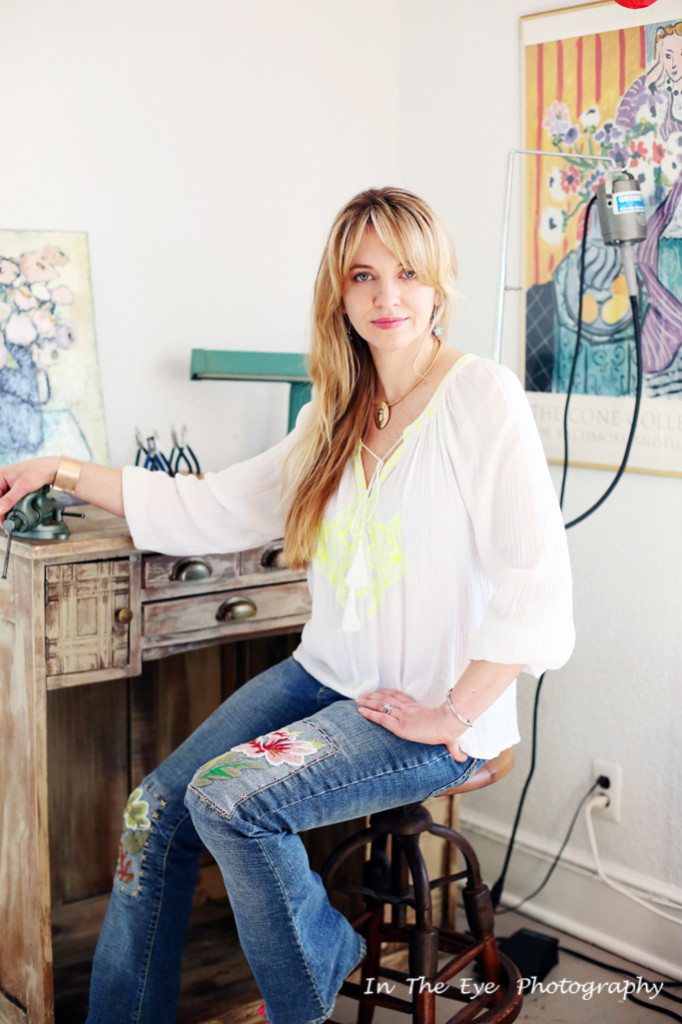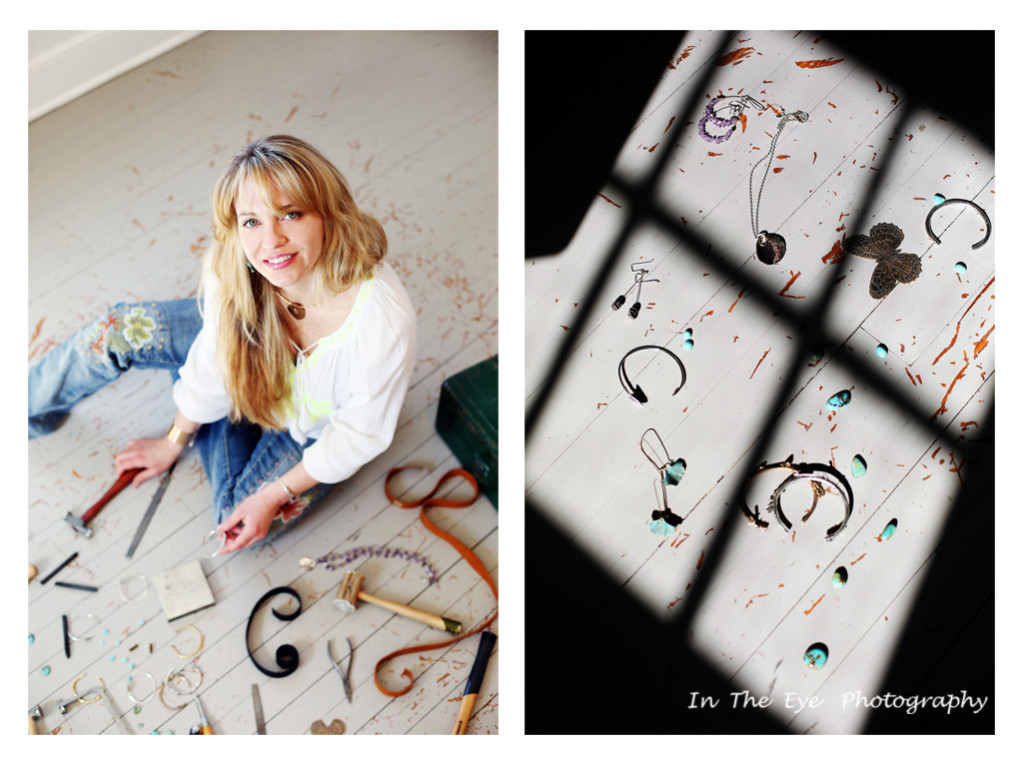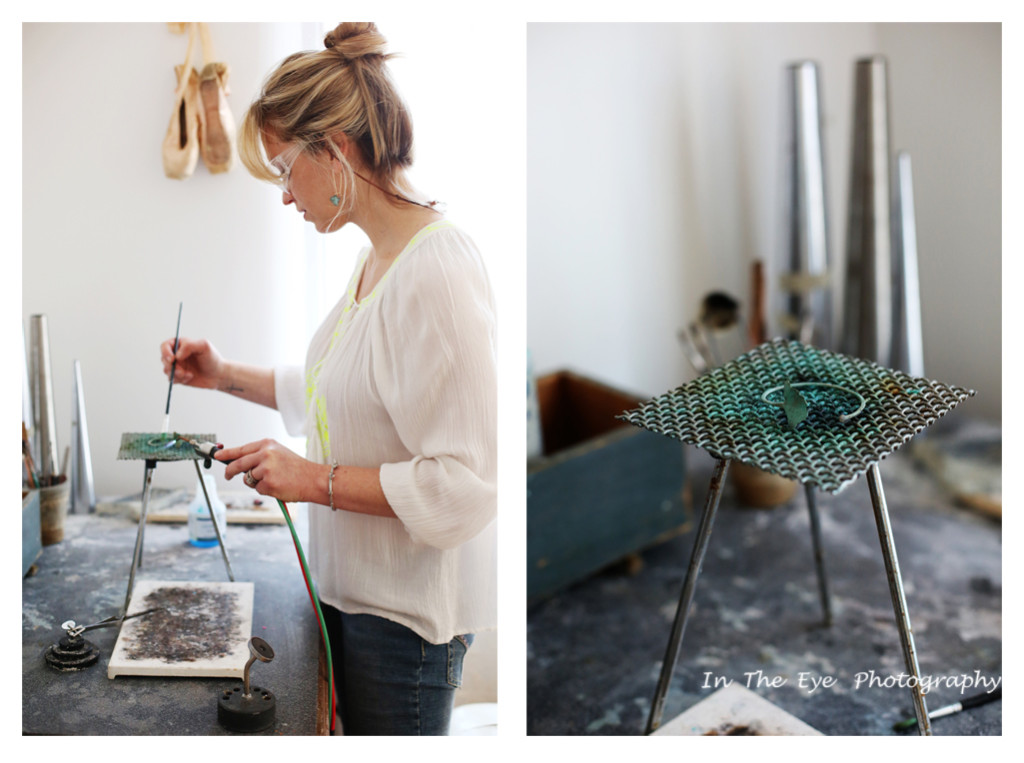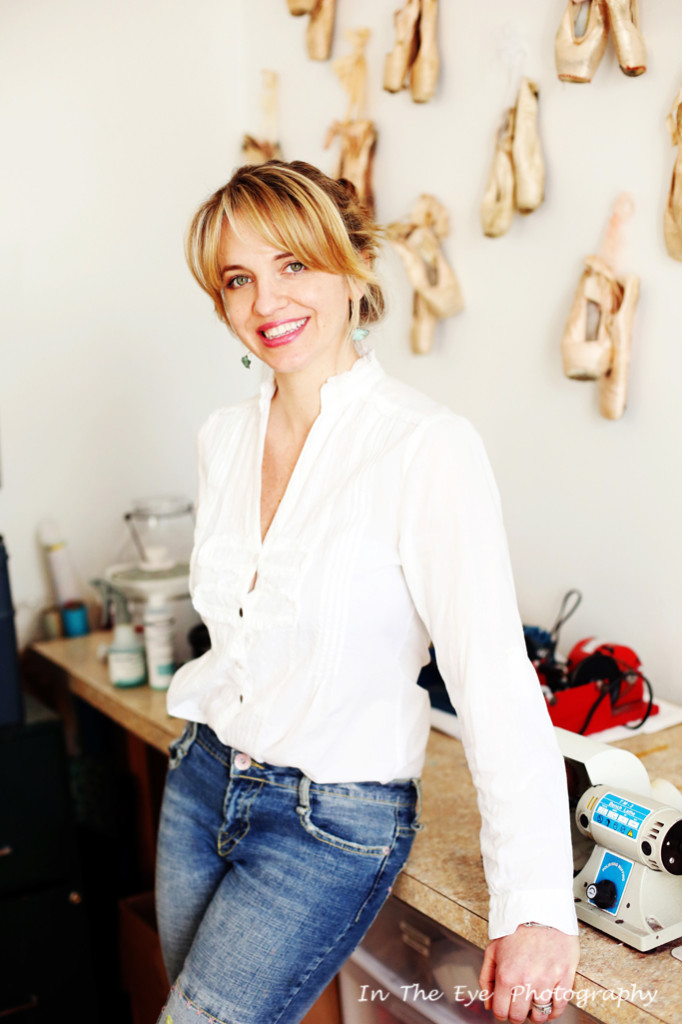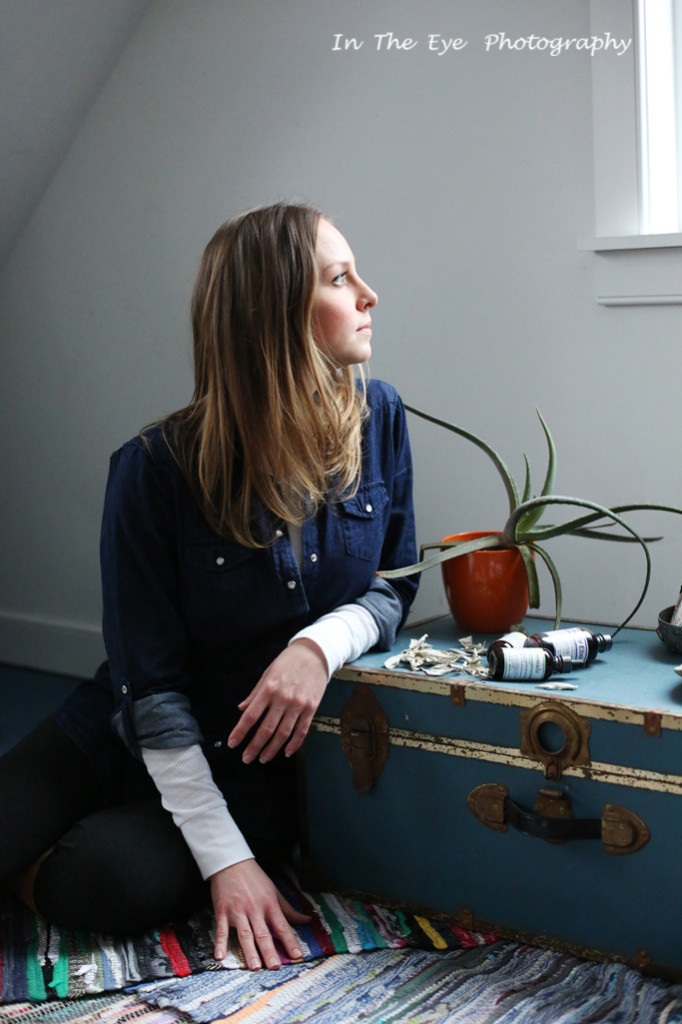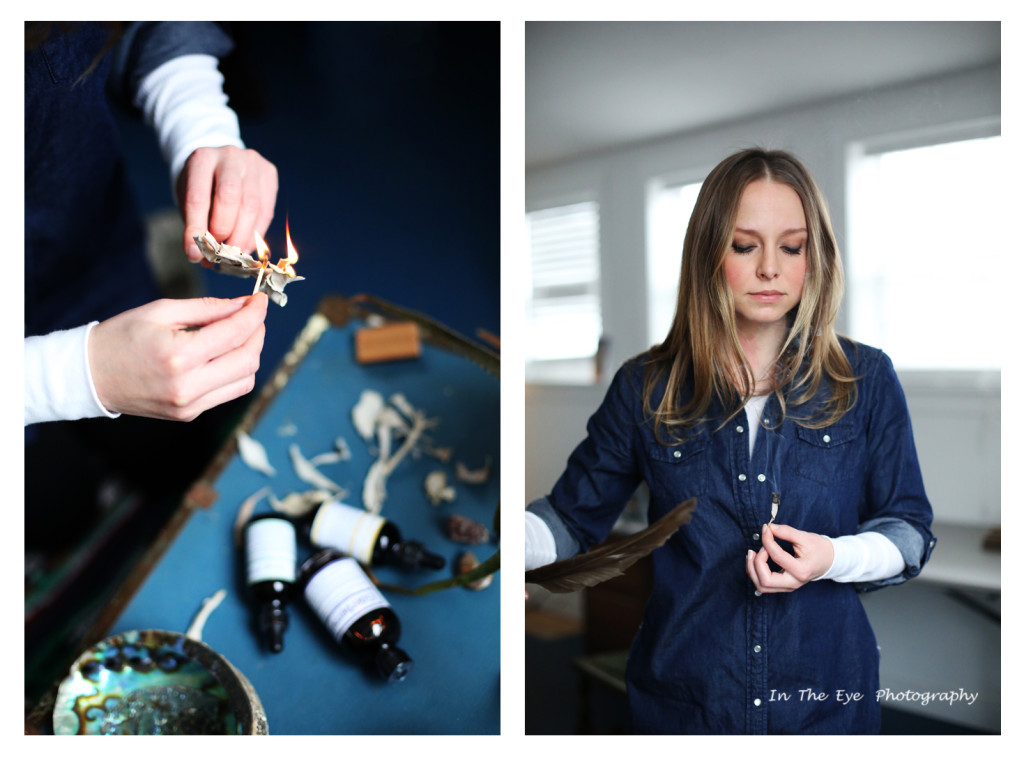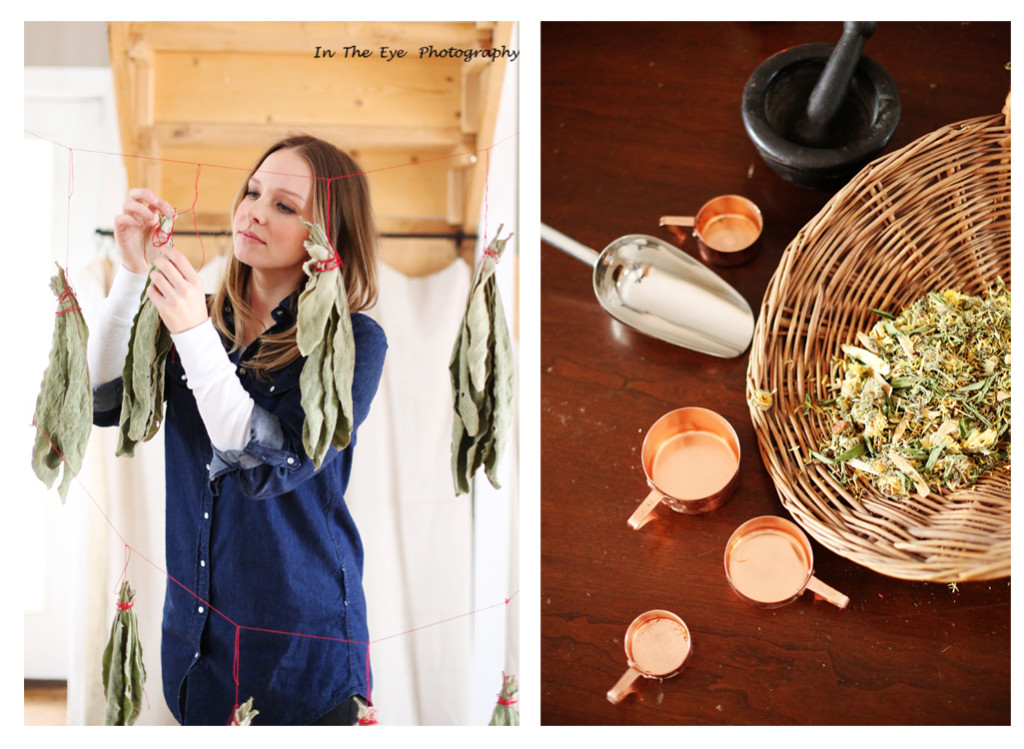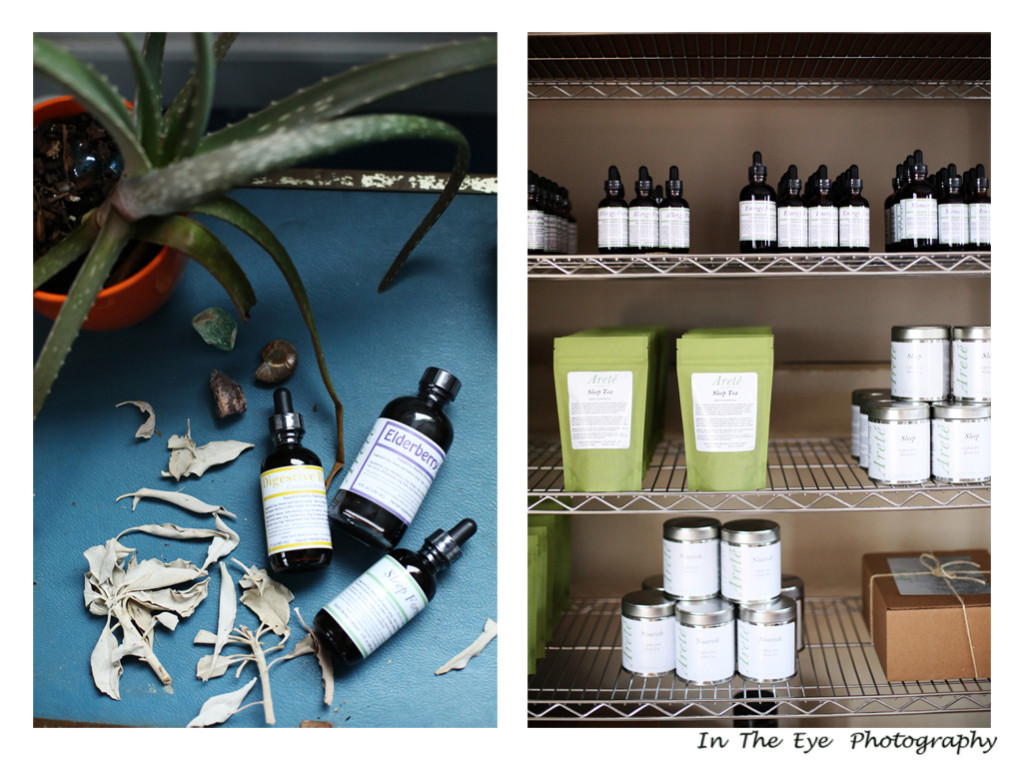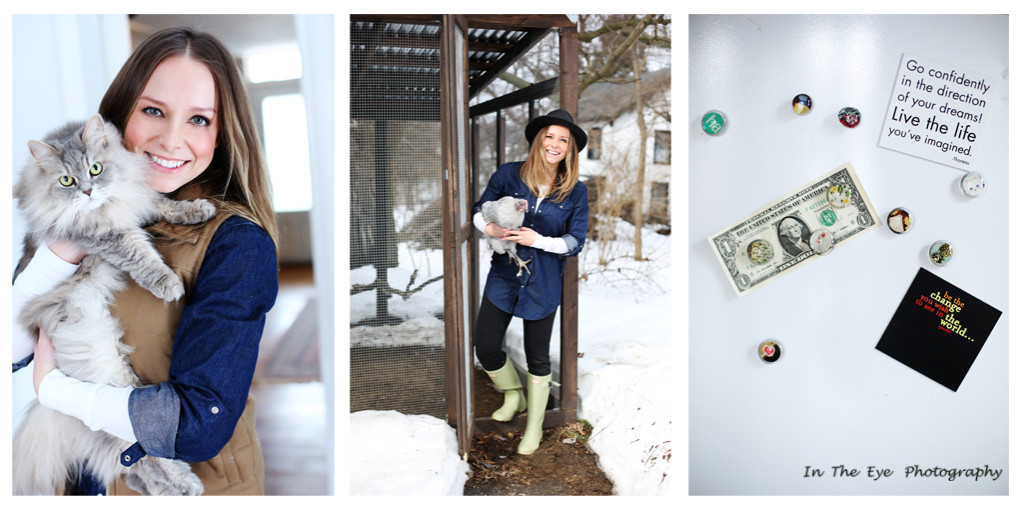Category archives: photography
Meet Caroline, artist, art writer, event maker.
Right now I’m working on a few paintings for the Evening of The Arts. I’m looking to expand into some more fauvist styles of painting. I have also just learned how to frame my own work, so I’m practicing that as well.
We also have a Pop UP Art event in Kennett Square on June 1st so, stay tuned for more info!
Meet David, the owner of Unionville Saddle. David is a fashion designer, after living in New York for a decade he is bring his love of custom garment making back to here.
What sparked your interest in fashion?
Growing up I always had an interest in fashion, I remember reading GQ or sketching what my favorite pop stars’ were wearing but I was always more interested in fine arts. I grew up painting and drawing and didn’t begin to sew until I was a senior in high school. I really got interested in fashion when I went to Parsons School of Design in NYC. While I was studying I realized that fashion was a way to communicate concepts while exploring traditional construction techniques and making people feel amazing.
What is your brand philosophy?
My brand philosophy revolves around the concept of Your Body Infinite Options. Studying and working in the fashion industry for a decade opened my eyes to some major flaws in the current fashion system. From not providing adequate sizing in stores to crippling runway and production costs I have decided to approach the business in a much different way by creating single pieces specifically to a client’s needs. I believe that clients are looking for something that is made just for them, in the past women would have clothes made for them by dressmakers, working one on one to create something completely original and with a perfect fit for them. My goal is to make every client feel at home while working with them to create pieces that will flatter every part of them, last, and look modern for years to come.
How do you describe your fashion and style?
I like when there is a mix of minimal clean lines and rawness, I love when frayed edges contrast the perfect fit. There always needs to be a balance comfort and elegance, weight and lightness, color and texture.
What are you fascinated by at the moment and how does it feed into your work?
Currently, I am working with the concept of my transition from a city life in NYC to life in Unionville. I have always used personal experience in life as my inspiration for my collections and this transition has been the most shocking and rewarding process of my life.
Talk us through the process of creating a garment. How long does it normally take to create a dress? what’s the procedure like?
Making a garment can take anywhere up to a year, particularly for bridal gowns. The process always begins with a conversation, what do you need, when do you need it, what will the function be? Then I will show a client some fabrics that may work with what they need and we begin to sketch. Once a design is selected I drape the piece, make a pattern, fit a muslin, and order the final fabric. Once the pattern is corrected I cut the garment in final fabric, sew it, and fit the final piece. Depending on how complicated the garment is it may need more fittings to get the correct the fit.
Check David’s website and instagram for more information.
Meet Robin, the owner of Brandywine Botanicals. ” Robin’s experience in floral design contributes to an appreciation of artistic balance. She has always had an interest in unique fragrances and has spent the last several years researching products and learning about ingredients sourced from around the world. “–http://www.brandywinebotanicals.com
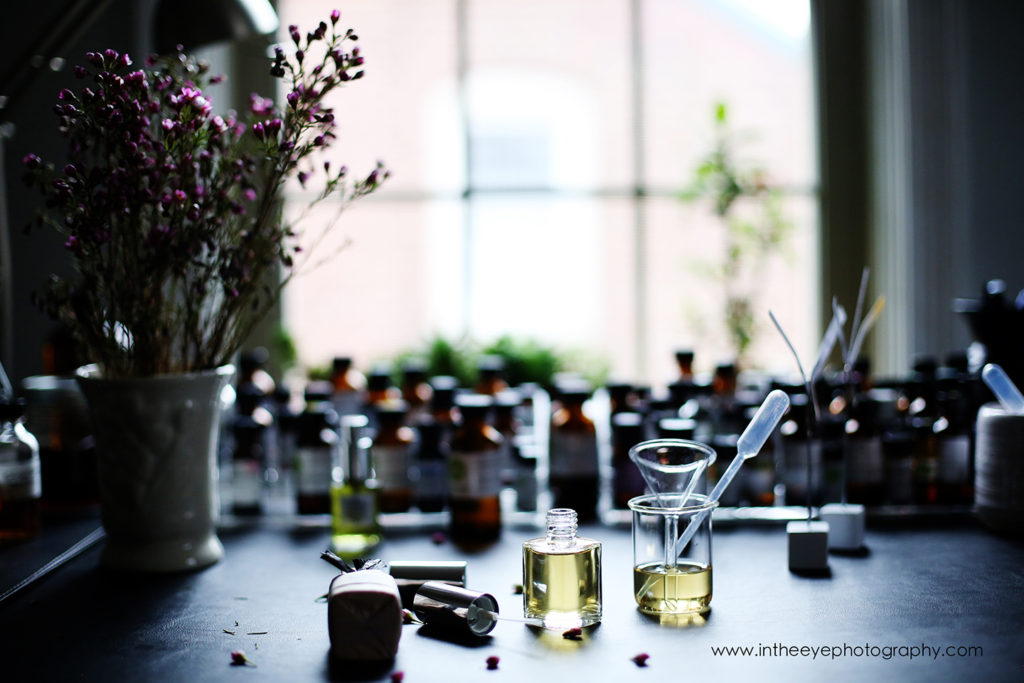 How did you become a perfumer?
How did you become a perfumer?
I seem to change careers like most people change jobs and a natural fragrance business brings me full circle to my first job as a floral designer. Both floral and fragrance design are creative outlets that are based on design principles; they are a wonderful blend of art and science. One of the shops I worked at had a large garden center where it was easy to learn about plants, their care and their fragrance. I lived in the San Francisco Bay area for a while and the plants are amazing. There were rosemary shrubs and lemon trees growing in the yard and nonstop color all around me. Gardening was, and still is, a joy.
Perfume is a blend of art and science. Years as a critical care respiratory therapist required a background in science to understand our bodies and therapies used to treat injury and illness. This ties into the chemistry aspect of fragrance. We smell essential oils because they evaporate and that rate of evaporation is based on the size of the molecules and how they interact. Fragrance has an effect on our mood and often has therapeutic properties, something I am learning about through aromatherapy training. Experience in the corporate world comes in handy for running a small business. Anyone who is a small business owner understands that you wear multiple hats and often do it all.
So how did I become a perfumer? Blending essential oils and their beautiful scents was a hobby that grew after taking a single aromatherapy workshop. That workshop was followed by training with a very successful natural perfumer in Rhode Island. The last several years have been spent trying different blends, learning about the essential oils and enjoying an olfactory trip around the world.
Do you have a particular style or approach to creating fragrances?
The concept for a fragrance can come from several directions but blending always starts in my mind. I may find a beautiful scent, like orange blossoms, try a new essential oil or simply read about a new ingredient or perfume that starts the creative process. The next step is similar to cooking. Just as you have an idea of what seasoning will work in a recipe, I consider what essential oils or botanicals will work together. For instance, will a blend need the spark of a little citrus? Perhaps a nice sandalwood as the base? Following design principles means using specific fragrance ‘notes’ together so you can smell a top note after applying the fragrance and experience a smooth transition to middle notes and the final base notes that last the longest for what is called the ‘dry down’. Then the fun really begins as I place a drop or two of each ingredient onto a test strip and try different combinations. Because natural fragrance does not contain preservatives or longer-lasting synthetic fragrance chemicals, it rarely lasts as long as a synthetic. The natural perfumer must carefully blend the fragrance notes and use essential oils that have fixative properties that help the overall blend last a bit longer. Creating a beautifully balanced blend is the artistry of natural fragrance.
Tell me about your favorite in the collection?
Almost Summer is a favorite because it was one of my first blends and it is a simple, beautiful orange blossom fragrance. It reminds me of driving along orange groves when the trees are in bloom. Everywhere you look you see the small white blossoms and their sweet, warm fragrance is carried by the breeze. It is a nice warm-weather fragrance and is uplifting during the colder months.
What projects are you currently working on and where do you want to take your business in the future?
This spring is a big turning point for Brandywine Botanicals. I will complete aromatherapy certification training in July and plan to offer an aromatherapy collection. This is likely to include a fragrant oil for massage or moisturizing and an aromatherapy spray that can be used to fragrance the home, linens and the skin. That is the beauty of natural ingredients: they can serve more than one purpose with less concern than something made from petroleum products as many home fragrances are. Certification also opens the door to starting a small practice where custom blends can be offered to those with a specific need. I work from my home studio so sell online and at local events but would like to find a small studio/retail space to offer fragrance, host workshops and support an aromatherapy practice. Location is challenging for a small business but I am always on the lookout for unique opportunities so stay tuned!
Meet Kelly, she is a Lawyer, Columnist, also a Blogger for Social Stylate.
What was your dream job when you were a kid?
My dream job was to become a pediatrician. However, as a kid, I did not realize the plot twist looming in my future that I affectionately refer to as “Organic Chemistry”. Yikes.
You are a lawyer, blogger, columnist, what’s next?
What is your 5 tips for time management in a multitasking world?
- Write it down -I can’t survive without my Day Planner. I like to physically record my schedule with paper and pencil, as opposed to keeping notes on my phone.
- Exercise – This may sound silly, but, making a workout a priority is critical, in my opinion. It is easy to let the drudgery of daily life get in the way of self care. But, a good sweat is as important for your mind as it is for your body.
- Sleep – When I take on too much, I have a tendency to stay up really late trying to get everything accomplished. The result? I am cranky and totally unproductive the next day. Forcing myself to get a minimum of seven hours is a worthwhile mission.
- Delegate – Sometimes it is difficult to relinquish control to others (especially if you are a perfectionist, like I am). However, learning how to ask and accept help from others is important.
- Have FUN – Embrace your busyness! If you are running around like a chicken with your head cut off, you may as well be having a good time doing it. I work with some fabulous people who challenge and energize me and it makes the crazy schedule all worthwhile.
This is Mrs Godfrey, she is my daughter’s first grade teacher in Greenwood Elementary school. When I first time met her in her classroom, I saw a lot of her past students came back to visit. At that time I didn’t know her, but I could see how much she loves her job and the students.
How long have you been teaching?
I started teaching in 1989 as a long term substitute in a sixth grade classroom shortly after getting my teaching certificate from the University of Pittsburgh. I went to Allegheny College where I majored in Psychology. I student taught in fifth grade. I have taught preschool, kindergarten, first, fourth and sixth grades. I have a Master’s Degree and a principal’s certificate in Educational Leadership from Lehigh University. I have been an assistant principal as well.
What was your dream job as a kid?
Like a lot of educators, I dreamed of being a teacher. I played school with the neighborhood kids and always had a chalkboard handy. That may be the reason I still use the chalkboard in my classroom from time to time. I have always been drawn to children, and I would often hang out with my mom who worked in a school. While she worked, I would help the teachers. I especially liked when they would get new books. I often imagined myself as a writer. I still do. When I’m planning lessons, I think about writing a book that would be just right for the class. Unfortunately, I haven’t written all of the books I have created in my mind yet, but someday, I hope to make that my job as well. Sometimes, I have turned class projects into books so I guess I am on my way…
Can you tell us about your first day of teaching?
I have a “first day of teaching” each year. I always feel the same way…excited and apprehensive. Even after all these years, I still get butterflies in my stomach. I usually don’t get much sleep thinking about all of the things to do and all of the new faces in the classroom. Someone once told me that you know it’s time to leave teaching when you no longer get nervous about the first day. I guess, I’m here to stay for a while longer. Now that I am more experienced, I can enjoy the excitement more than I did that very first day. I love how fresh everything is….the crayons, the pencils, the lesson plan book, the students, and me. Our year is a blank book waiting to be written. Even though, I’ve done this before, I know each year will be different. It is a mystery that we solve together one day at a time. And before you know it, the book has been written, the mystery solved and it’s time to say good-bye. And on that last day of school, I feel excited and apprehensive because now I have to let go of those children who have taken hold of my heart!
What is your philosophy on teaching?
My philosophy is to be responsive. Teaching is a dynamic process. There are academic expectations and goals to achieve, but more importantly, the children in the classroom are people with many different interests, skills and needs. My job as a teacher is to respond to each of the students in a way that honors their developmental and academic needs. I believe that all children innately want to learn, and that they learn in many different ways. I believe in the power of play and exploration! It is my goal to facilitate learning by giving the children opportunities to engage in activities that are meaningful to them. I also think it is important for me as an early childhood teacher to develop good learning habits. We practice these skills playfully and authentically as we work our way through each school day. We laugh, dance, do a little yoga, read, write, add, subtract, struggle, argue and sometimes cry, but we do it together and form a community along the way. My job is to respond to each of those times with the love and inspiration needed for each child to grow and learn.
What were your five most memorable teaching moments?
- Each year, we begin first grade by watching caterpillars turn into monarch butterflies. The first year, I participated in this, I frantically searched for caterpillars in nearby parks and fields. I didn’t know a lot about them, but I decided I needed to learn as much as I could so I could share this miracle with the students. Over the years, I have allowed milkweed, the only food the monarch caterpillar eats, to grow in my front garden. I have visited gardens and attended informational workshops on monarchs so I can learn more to share with the children. I’ve developed relationships with others who share my interest, and this year we are planting a butterfly garden at the school so we can watch them in their natural habitat. Because our first experience in first grade was focused on observing and watching nature, it has become a habit for us. I love when the children have time to be outside to explore and I love the excitement when they discover something new. Looking at the earth through a child’s eyes never gets old!
- I had a student who was very young for the grade. He had a lot of things going against him, but every day, he came to school with a great attitude. In spite of all of his hard work, he struggled to succeed. One day after several attempts to complete a task, he shouted with joy, “I did it. I got them all right!” He went on to say that he didn’t understand it, but that he kept trying and he told me to look at his work because he got it. The joy on his face brought tears to my eyes. It was a reminder of the reason I became a teacher.
- Some years are harder than others. One of my particularly hard years came with a silver lining…. I met some of the most incredible students that year. I was learning a new grade level which is always a challenge. A few students stood out that year. They weren’t the students you might expect, but rather students who were struggling a lot to keep up. I think we developed a bond, because that year, I remembered how hard learning can be. I found myself spending extra time after school with these students, and my work with them, helped me work through the new curriculum. They were able to spend some extra time they needed to learn the material which ultimately helped them become more successful. The memorable part of this experience was that several years later they reached out to me to ask me to help them with a school project. I was honored that they considered me to be a resource to them even after they had left my classroom.
- Projects can be a memorable experience. One in particular I remember was as a fourth grade math teacher. Somehow, we fit 40 fourth grade students into a portable classroom for an enrichment math project. We were learning about measurement in math and electrical currents in science, so I decided to have the students design and build dollhouses with electricity. We used foam board and glue guns for construction and added doorbells and lights to develop our understanding of open and closed circuits. Once the houses were constructed, the students decorated them with paint, wallpaper, and fabric scraps for carpet which gave them an opportunity to practice their skills in calculating area and perimeter as well as in art and design. This sounds a lot like a STEM project (but it was way before STEM became a focus!)
- Every June at graduation, I take a walk down memory lane. I remember the graduates as they were when they were my students and I proudly think of them as mine one more time. The sea of blue and white mortarboards on the front of the high school is filled with students who have touched my heart and soul. I send up a prayer of gratitude for the time I have spent with them along the way.
Meet Lele– the multi-talented artist. She is a painter, sculptor, writer. She also own and run a local winery Galer Estate Vineyard & Winery in Kennett Square.
How and when did you first become seriously interested in art?
I was raised around art and went to art museums and galleries since I could walk (that is the same for my children too). Studio art always came very naturally to me and I received a lot of attention for it, so I wasn’t very interested in it, but I was always serious about art history. I started college as a passionate art history major, until one day I had a conversation with a friend about Klimt, that made me rethink how I was learning about art… I had been dissecting and memorizing. All the over-intellectualization of the art had pulled me away from the ability to see..and I’d forgotten what had drawn me to art history it in the first place. I am very passionate about art history now, but it is personalized by knowing how to see and how to be moved to see in a new way. I still today read tons of art history books, but not to memorize the facts, but instead just to understand things better. The breadth and history and presence of artistic creativity is very exciting to me…it is a shared sizzling current that runs through everyone and through time.
I started a serious interest in art education and public art when my sons were little. I used my art ability to enable me to be in the schools with my children..and one thing led to another – I fell in love with working with the kids in the schools, all ages ranging from pre-school to high school. I found excitement and much joy in teaching art history or art appreciation as well as public art. I still run a big school art appreciation program that I love, but I shy away from public art now (after 60+ projects now in Seattle, Westchester NY and Chester County). Public art is a great thing when done with the right intentions. When people come together to make an art piece for their classroom, school, or community, it is fun and creative and pretty of course, but they like leaving a little piece of themselves in the artwork that they remember. This is part of giving back to the world around them. Very cool..and but also extremely time and labor intensive.
About 2005 I started running art shows, and began taking classes, just for me, to see if I still had any sort of a gift left. The combination of having art show deadlines and falling back in love with the medium, got me seriously interested in making art- really for the first time in my life.
What do you think is the most important influence in your painting?
No particular place, person or thing… I am influenced by looking -I am constantly looking at paintings and other pieces of art, including functional art such as furniture. When I am drawn to one, I try to figure out both how the artist does what they do, and what specifically draws me to a particular piece. “Looking” is a constant sifting through of visual edits, a lot goes in the discard pile, and the rest is organized and reshuffled for color, mood, something interesting, and relationships to things like time, history, my work or another artist’s work. The more I see, the more I learn about the art form and about why I am a painter. I am almost 55 and I still struggle with the idea of being an artist with a specific voice…what am I working towards in the art piece; where to edit and where to pile it on; there are always questions and challenges in every piece. I definitely would not paint or sculpt if there were no challenges. To have an original voice is both a difficult and an interesting journey.
In college, my end of the year art history paper had to be on a contemporary piece in the Hartford Museum, and I decided to pick something I absolutely hated just as a test to see if I would like it any better after I learned about it. I picked Franz Kline, who I thought was rubbish, and after working through it -he is one of my favorites. I definitely appreciate things more if there is a struggle involved.
I guess the biggest art influence was at Berkeley when an art teacher showed me how to bleed out a line and morph it into more painting than drawing. That was the first time I really painted (real painting, not filling with color), and I never went back to drawing after that. I also only did black and white, no color, until my mid-twenties. That is why my colors are so charged up now; I feel the need to punch them up to give me the same strength of feeling that I got from using black and white. I am trying to tone my color down now, but that is hard, which makes it interesting.. but toning it down is definitely not easy for me. I might go back to black and white.
Can you talk a little bit about your first sculpture?
Wow. That was fun – talk about an electric current. I had never done 3-D, and decided to take the plunge at Stan Smokler’s workshop one summer. It was an instant pure jolt of fun that had no layers of experience tied to it. I was mesmerized by the details, the metal bits and making a thing that was fully round. The first piece was a column made of sinewy found bits that worked their way up to make a whole. It was heavy and it sold immediately. Most of my pieces are abstract combinations of “bound” and unbound” elements. I am drawn to the idea of energy all bundled up and the thrill of being freed. Right now I am trying to learn more about the medium, rather than just be expressive. That involves a lot more grinding and busy work and is less appealing to me than the spontaneity of creating a sculptural piece…but I owe it to the medium to learn more about it. The more I learn about working with steel, the better I can realize the ideas I have..I hope so anyhow. But grinding is a bore and chips away at the little individualistic bits that I like…just like me trying to tone down color in my paintings, I’m not sure tidying up my metal work and making the welds smooth is very “me”, but I am interested in figuring that out.
Do you work certain hours each day or only when you are inspired to work?
I only work when I have a show or commission that is two weeks away or less. I keep hoping that I will schedule art every day, but I don’t. Making art has to be exciting for me, or I will do something else that is. The deadline makes it more exciting and pushes me to finished works as opposed to a lot of exploratory scribbling.
You are painter, sculptor, writer, and also run a winery in Kennett Square, how do you balance work and life?
Well, I don’t know how to relax, so as long as I am busy doing interesting things, then I am very happy. My husband and sons help keep me balanced, and art helps to shake things up.
Check Lele’s work here: http://www.lelegaler.com/
Meet Tom, the owner of Macaluso bookstore. I was lived near his store four years ago. Every time I passed by it, I was wondering what’s inside. Finally I had chance to meet him.
What did you do before you open your bookstore?
I had been a law book and document editor for a few years after college and law school. When my wife Brenda and I started the book business 42 years ago I had already gone to graduate school and had a thirty-five year career as a law and English professor and dean. I retired from higher education 18 years ago to devote full time to the bookstore.
Why a bookstore?
I started collecting books when I was 14 years old and have always loved them .
What make your bookstore special?
Our books, maps, and prints are special because they are relatively scarce and of lasting interest. Unlike other used bookstores, our store’s books are mostly the original first edition hardbacks in very good condition and some are hundreds of years old though some are relatively recentl though notable publications.
What book is your greatest treasure & why?
Right now, I have first editions signed by the Wyeths, T..S. Eliot, Carl Sandburg, Oliver Wendell Holmes, Franklin Delano Roosevelt, and many others. And I have first editions by Hemingway, Orwell, Darhl, Dickens, Harper Lee, and thousands more and on every subject from art to zoology They are virtually all my treasures.
What’s the hardest thing about running your shop? What’s the best thing?
It can be difficult to help visitors appreciate the physical beauty of the book, that is the book arts. The best experiences are the talks about books, education, and life itself especially with young people.
Meet talented Hattie, from a ballerina to a sculptor. Now she is a self taught hand crafted jewelry designer in Kennett Square.
What did you do before you start jewelry design?
When I was 4 years old I began intensive training in ballet. I was pigeon-toed and the doctor advised my mother that ballet would help straighten my legs. I quickly ended up taking 10 classes a week and when I was 14, I was accepted into The School of American Ballet at Juilliard in New York City. After that, I was a principal ballerina with the Brandywine Ballet Company for 9 years and, later, danced with Opus 1 Contemporary of Philadelphia as well as guest performed with many theatres and other dance companies. I began teaching ballet in 2001 and only recently have had to cut back to one day a week as it’s all my growing jewelry schedule will allow. In my early twenties, I also modeled as a ballerina for a sculpture class and found myself eager to learn how to sculpt. I took a class and began sculpting, later exhibiting my bronze dancers locally in galleries and art exhibits.
What lead you to beginning to work with jewelry?
In 2006, I stopped dancing professionally and began my family. I enjoyed sculpture but it was expensive to have bronzed. But, without dance or sculpture, I found I still needed an artistic outlet. I picked up an instructional book on beading and wirewrapping at a local craft store and that night I think I made 30 pairs of earrings. I was hooked.
Where do you find your inspiration?
My inspiration comes from everything around me. I love to garden and often am inspired by nature and its beauty and movement. I am currently fascinated with ancient Egyptian artifacts and patinas. I typically don’t sketch out or plan my designs. I have a general idea or inspiration, start grabbing materials and get to work.
Who do you envision wearing your work? Do you think about this when you work on designs?
I strive to make jewelry that people want to wear. I try to make a variety that appeals to all ages and styles. I believe it is important to learn as many techniques as you can but that doesn’t mean you need to pull out all the stops in every single creation. I often find that the pieces people find the most appealing are the simplest.
The most meaningful piece of jewelry you own is?
My favorite piece is my ‘Wrapped in Lavender Cuff’. It was the most technically challenging piece I have ever made and, because of that, the most rewarding. It was a lengthy process but when I finished it, I remember feeling proud of myself.
Do you have a favorite jewelry designer that you admire?
I admire so many artists but I guess you could say my idol is jewelry artist, Jeanine Payer. She has recently closed her studio doors but I was fortunate to have been given a couple of her pieces and absolutely fell in love with the simplicity and feminine quality of her work. It remains an inspiration to me.
Check Hattie’s work here: Hattie Weselyk Jewelry
Meet Lauren, she is a Traditional Western Herbalist and founder of Areté herbs. I visited her lovely studio the other day. I really like her natural and healthy life style.
Where does the name Areté come from and what does it mean?
Areté is a Greek word that means “excellence of any kind.” Areté describes the act of living up to one’s fullest potential, finding total fulfillment, and reaching the highest level of health and harmony for our mind, body, and spirit. Areté is a Stoic Philosophy term and I thought it embodied exactly what I was going for.
